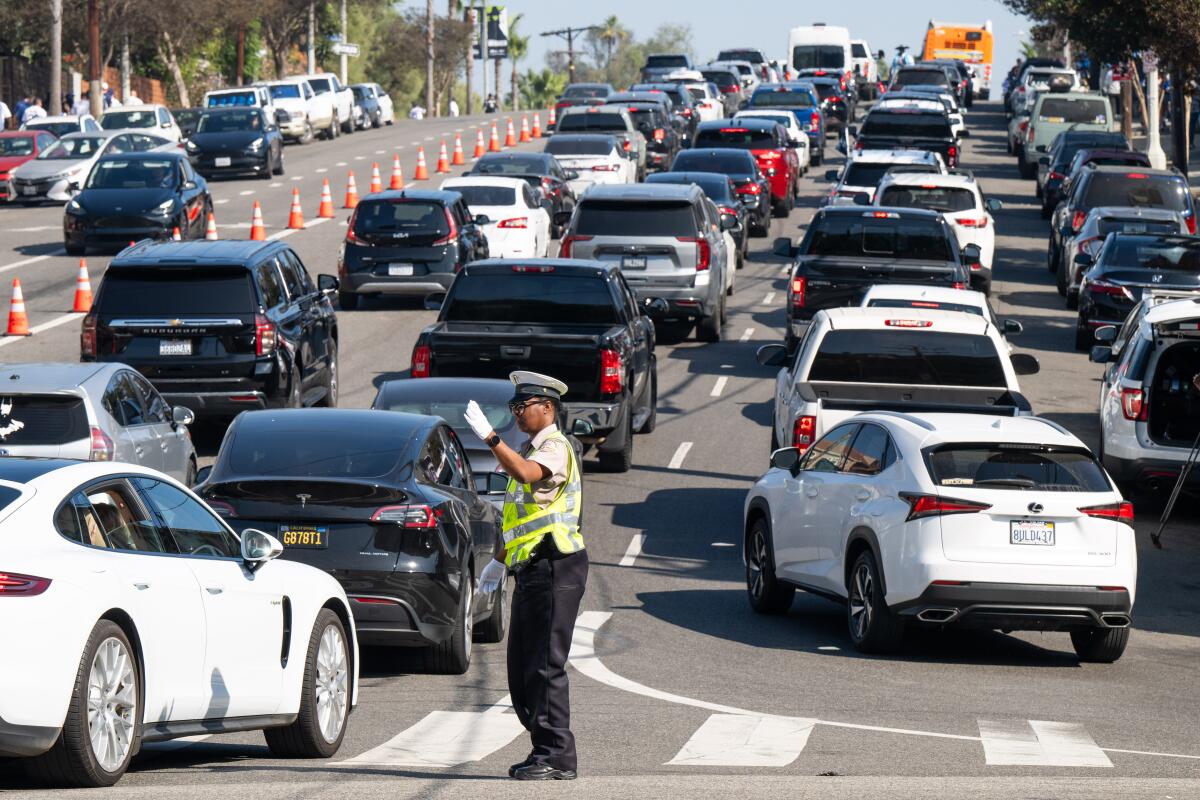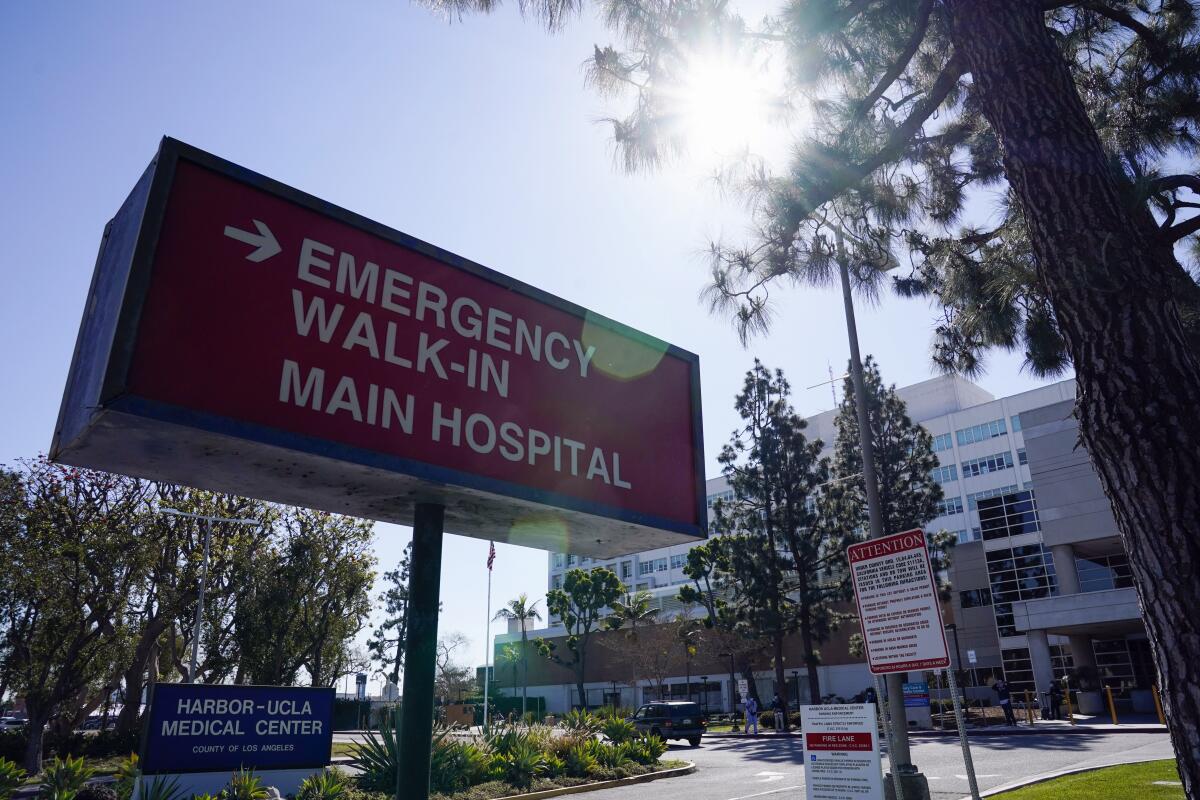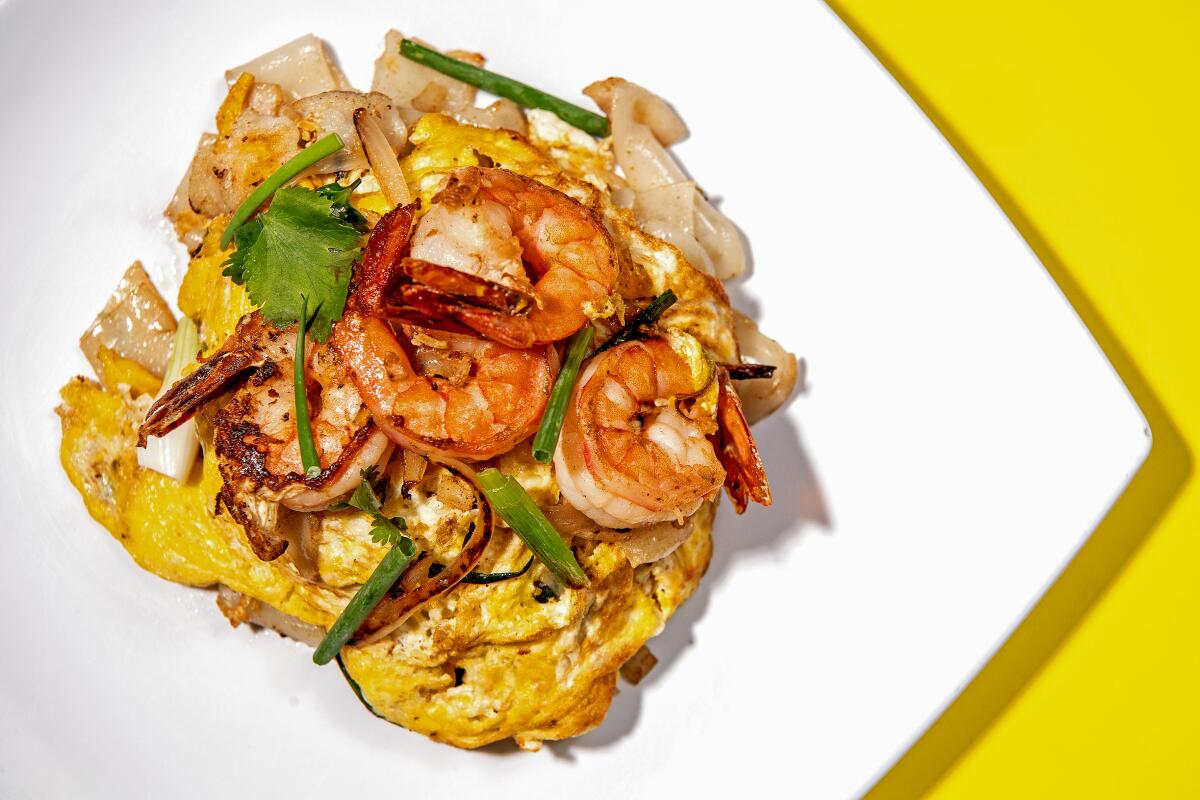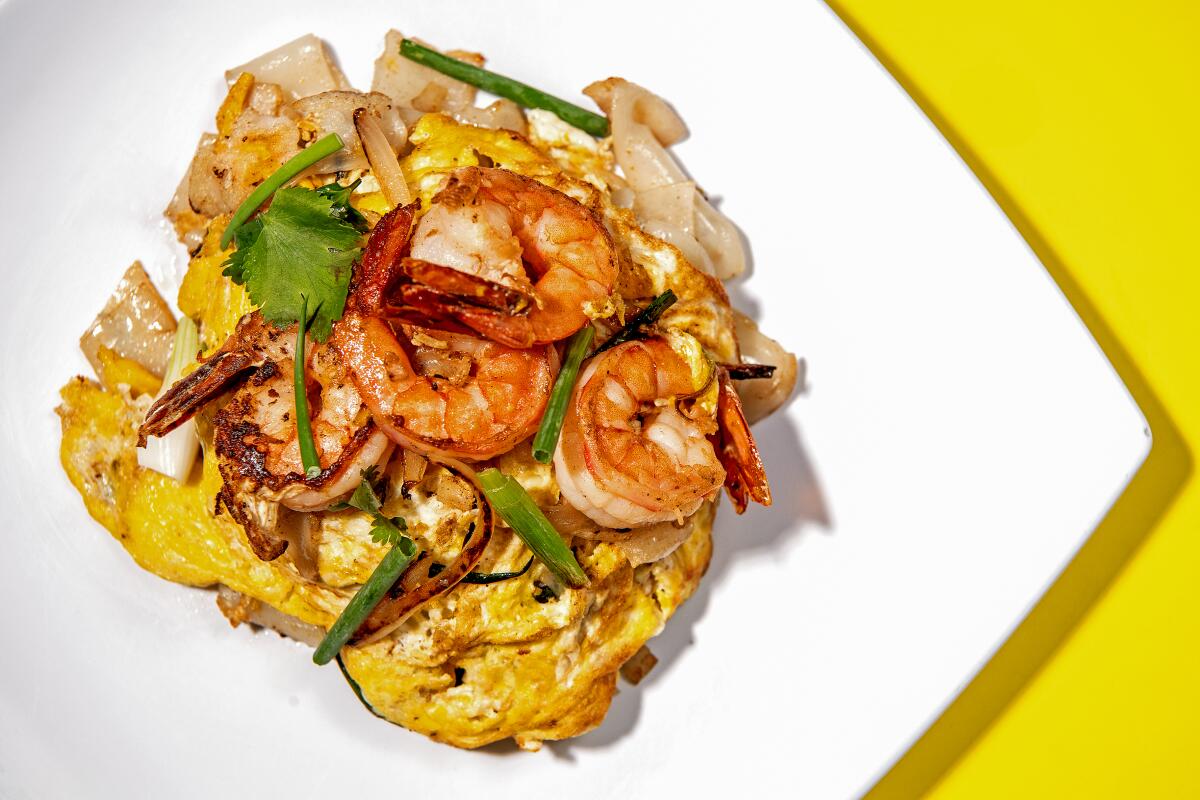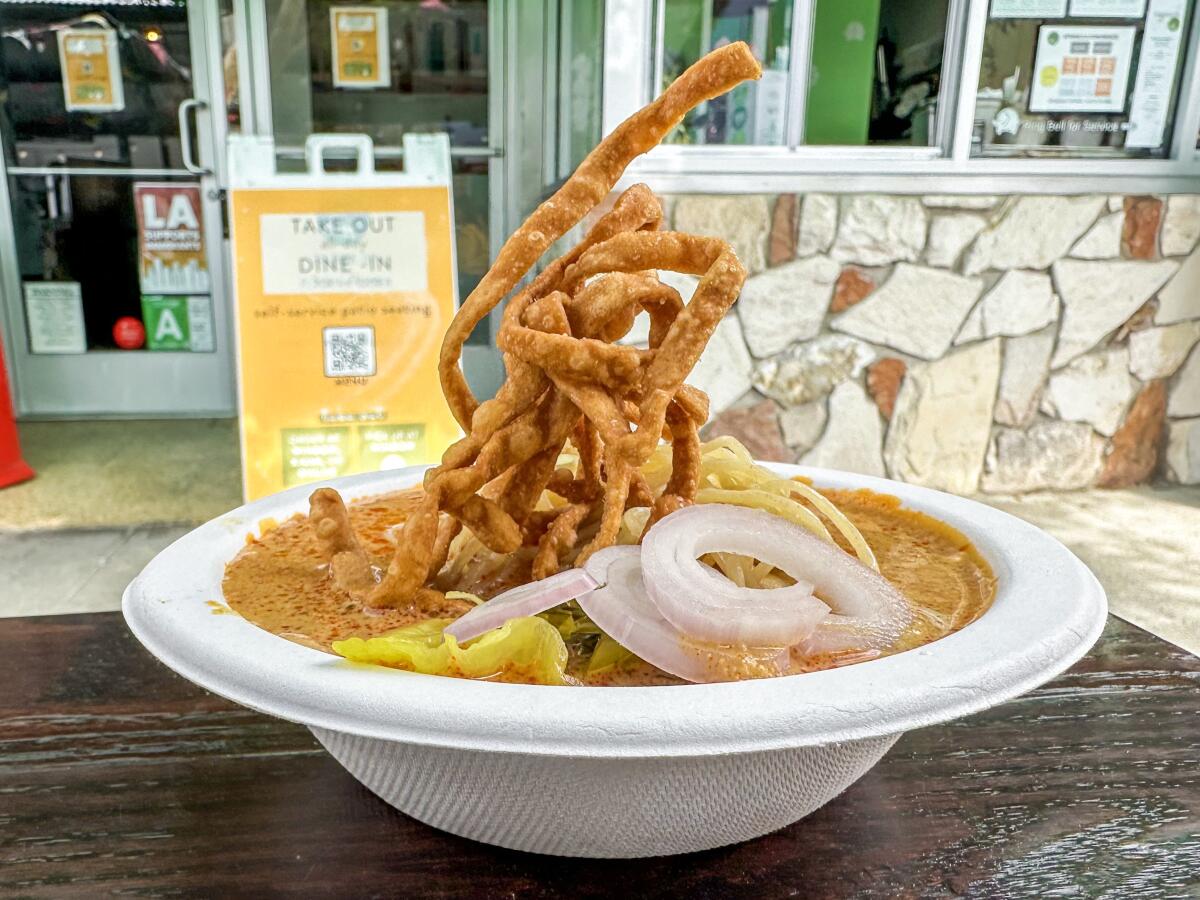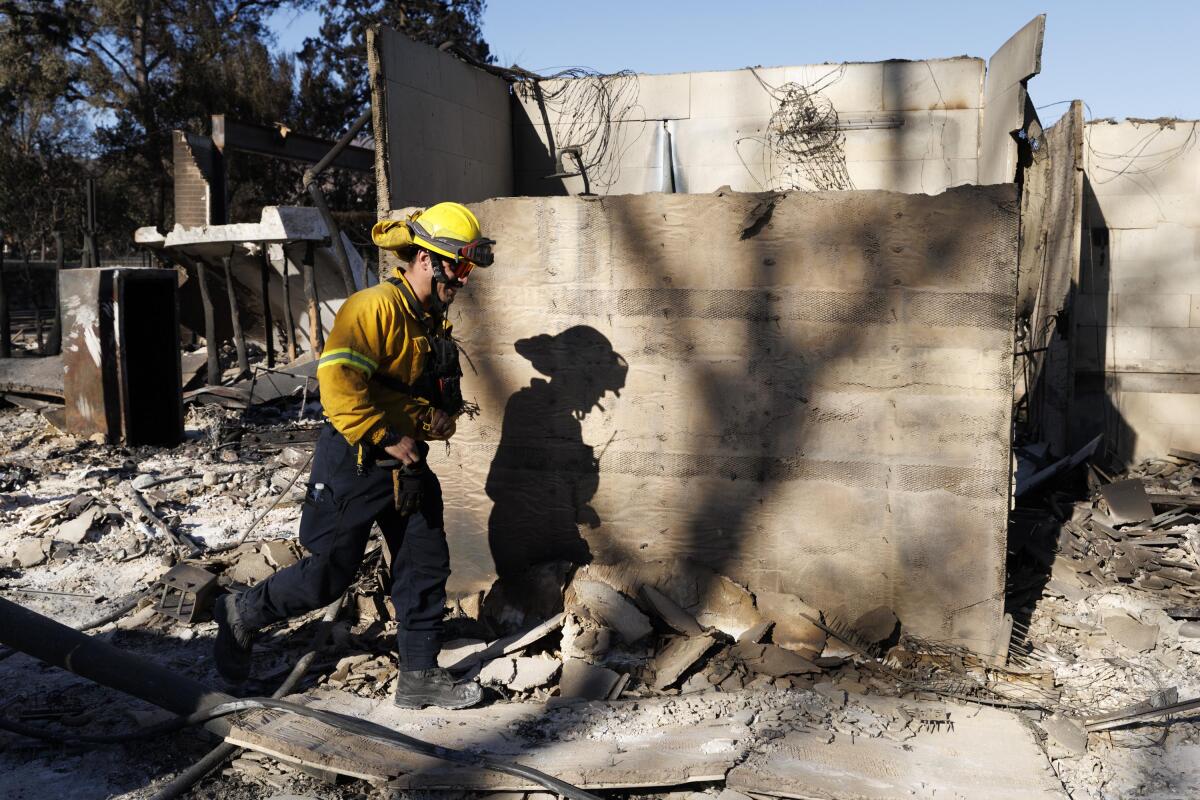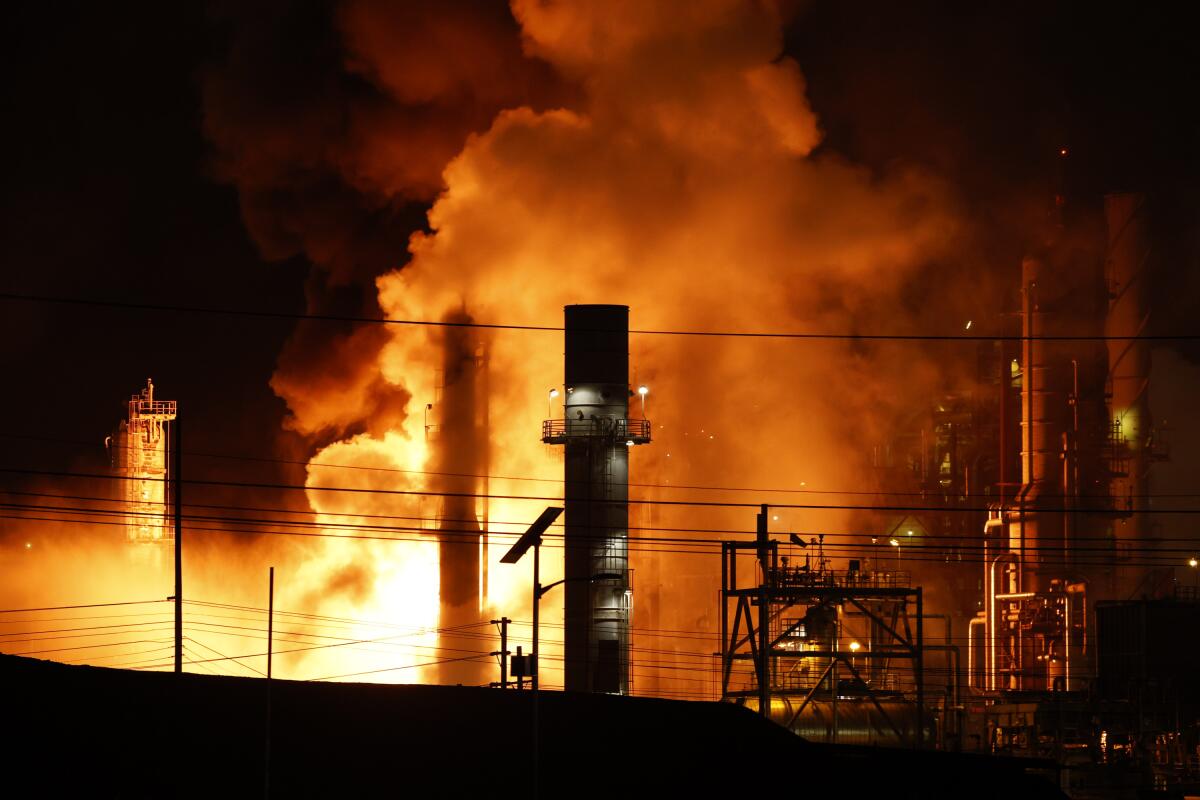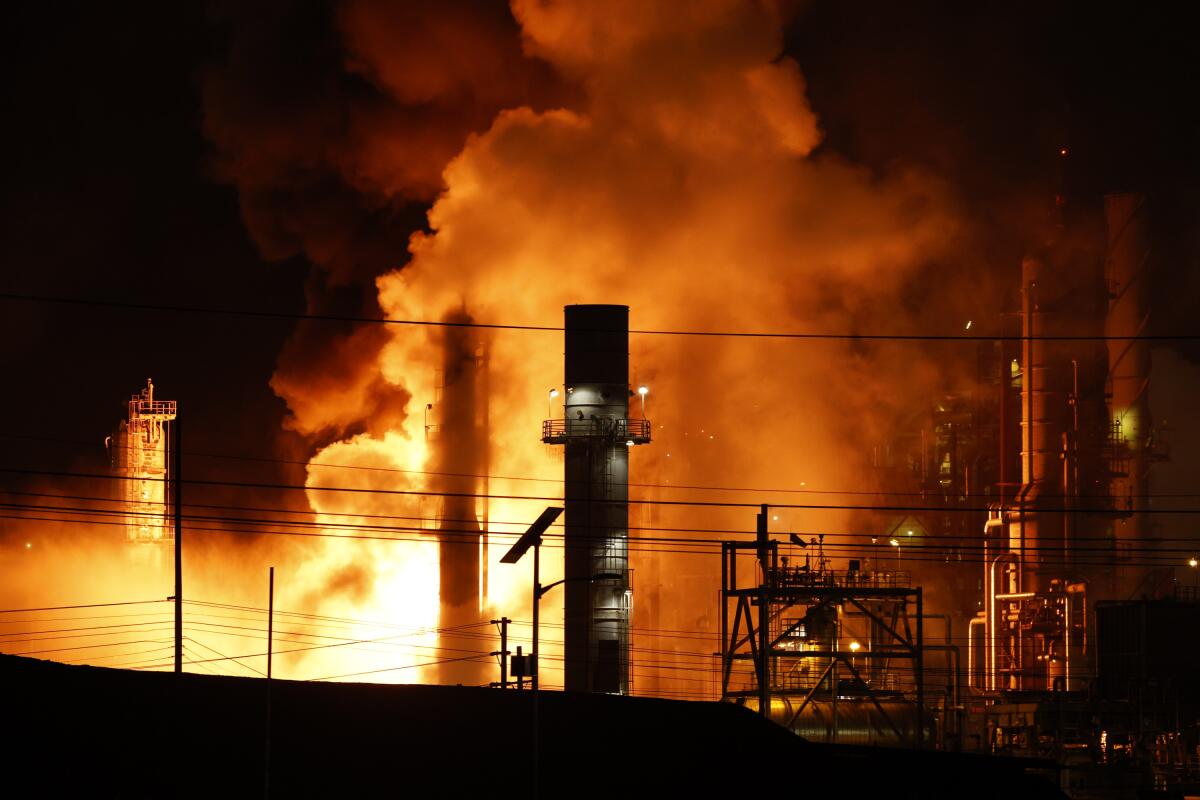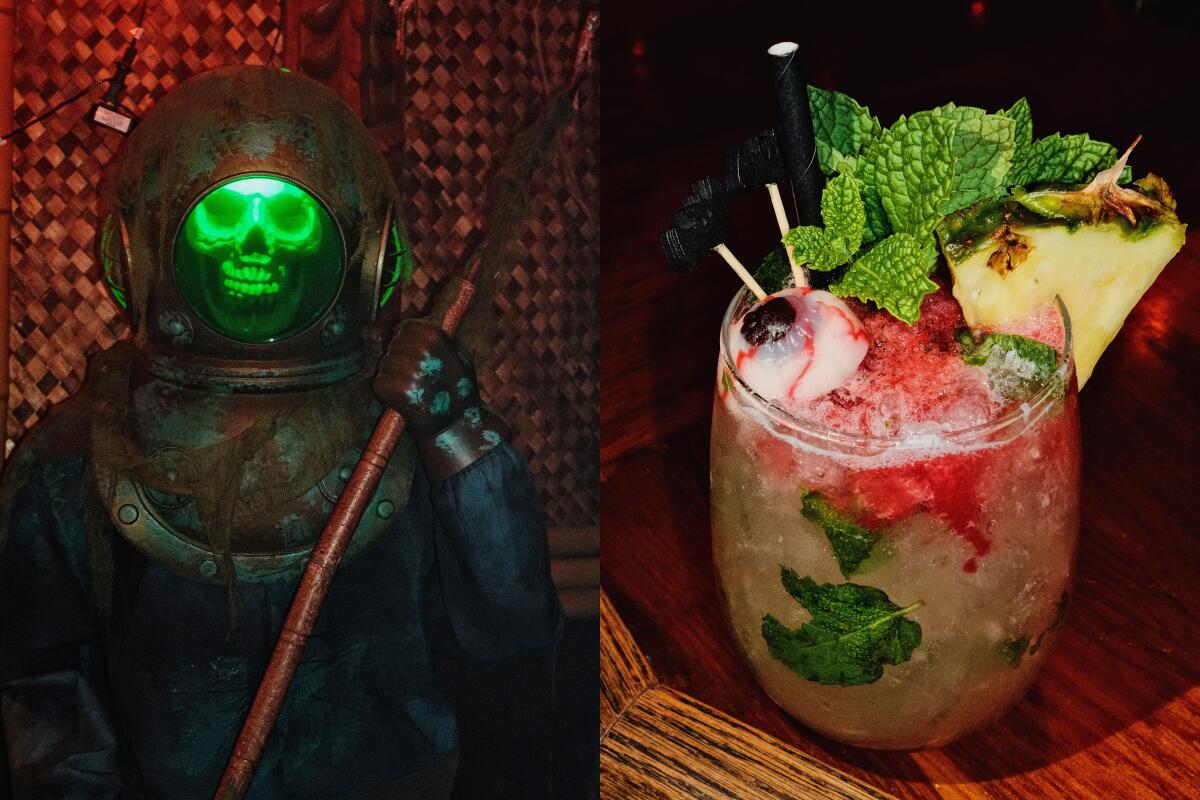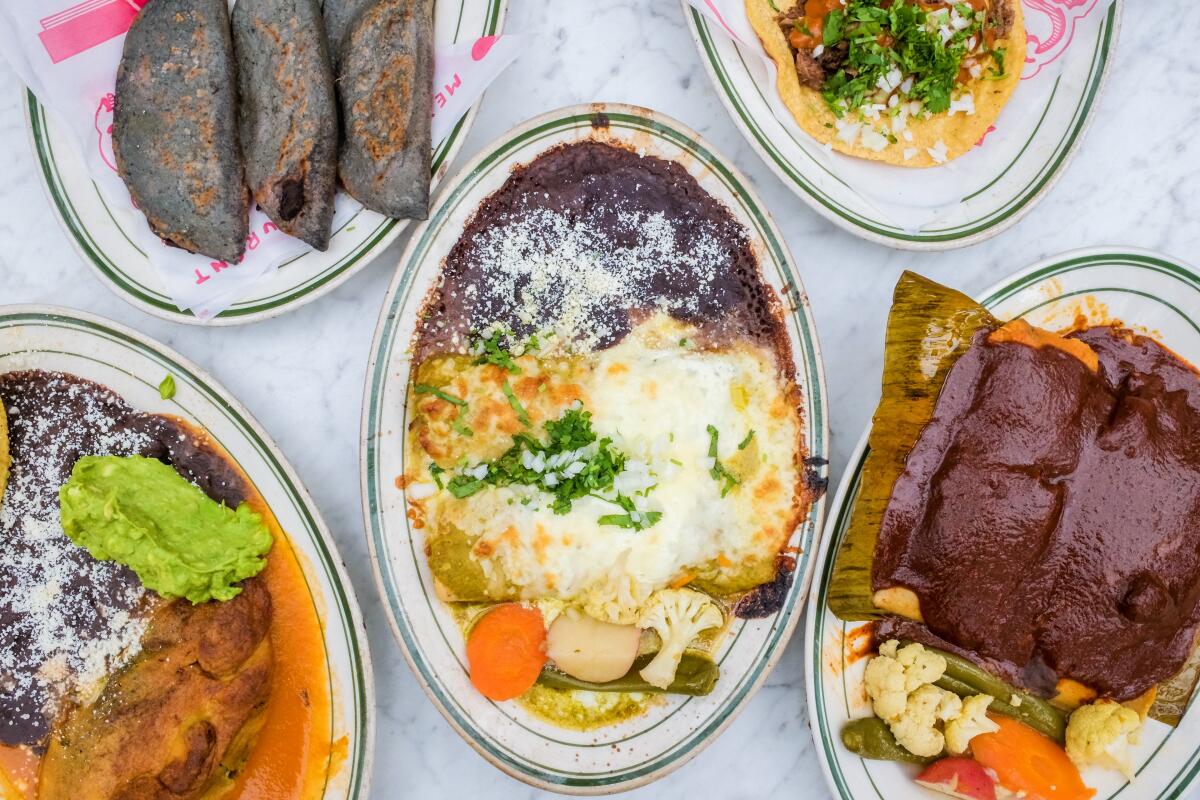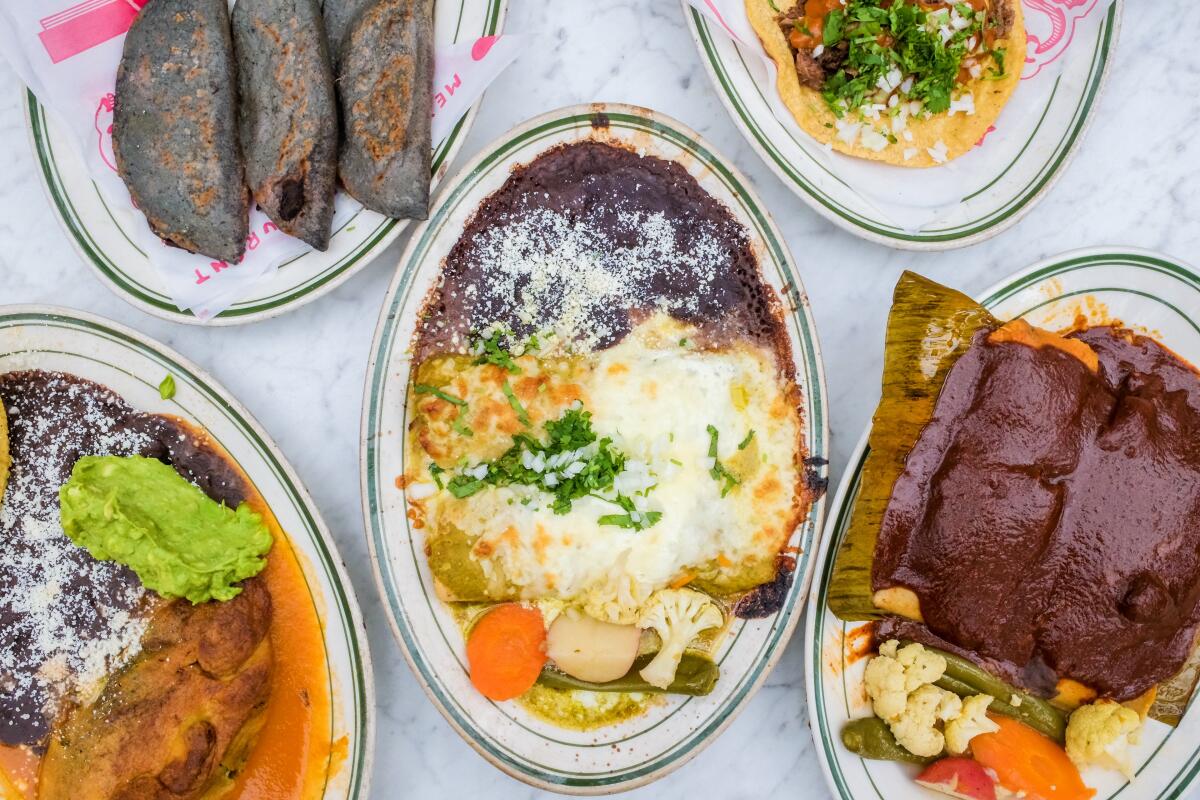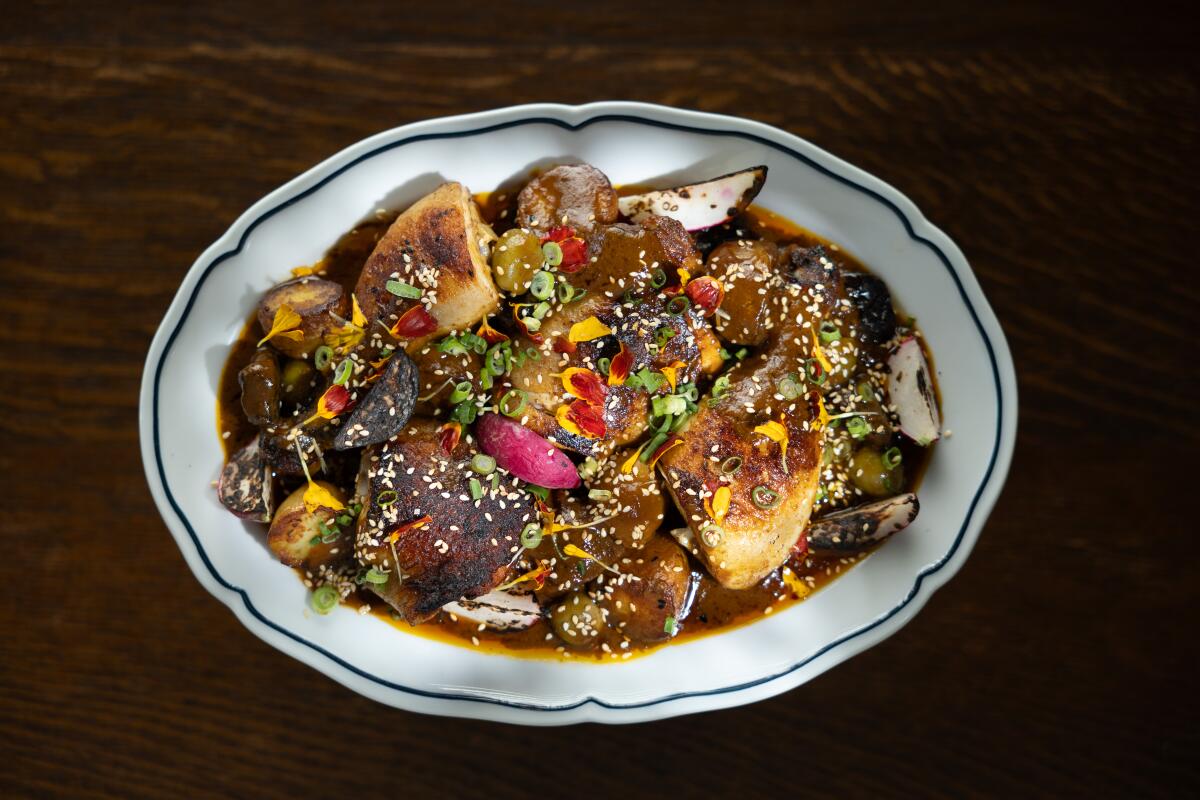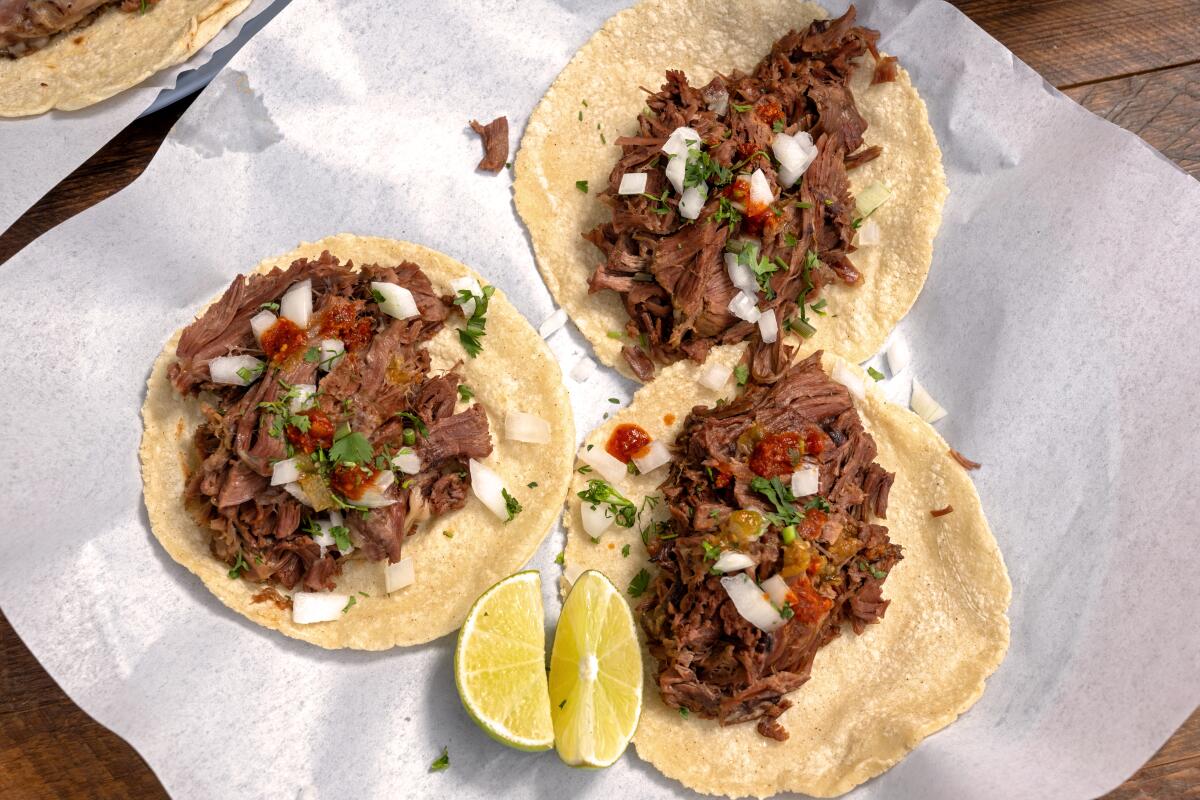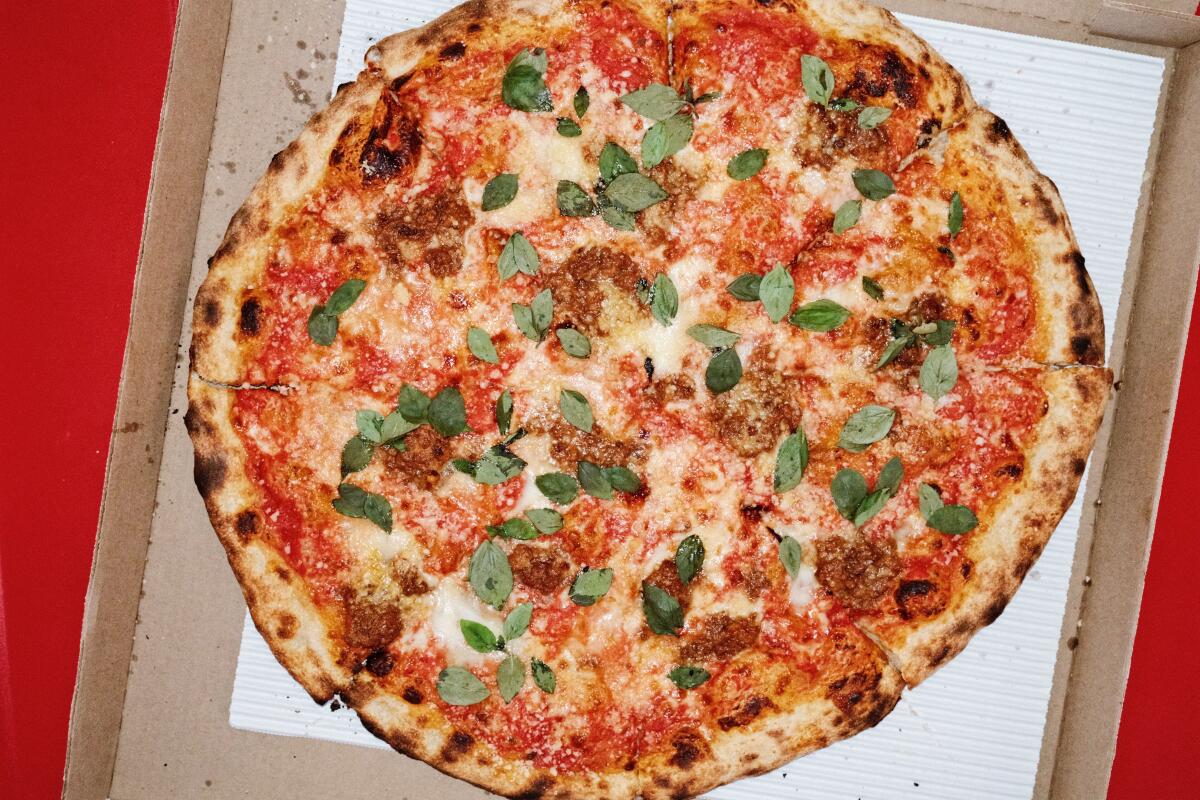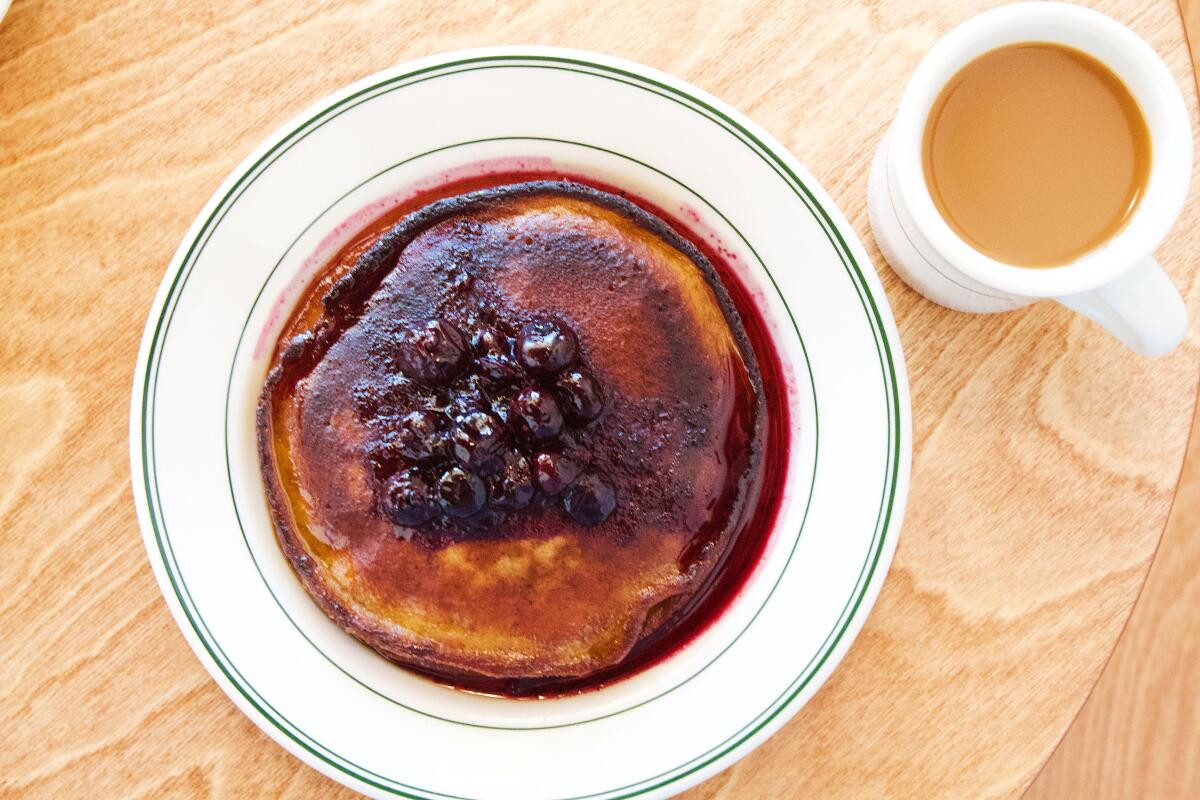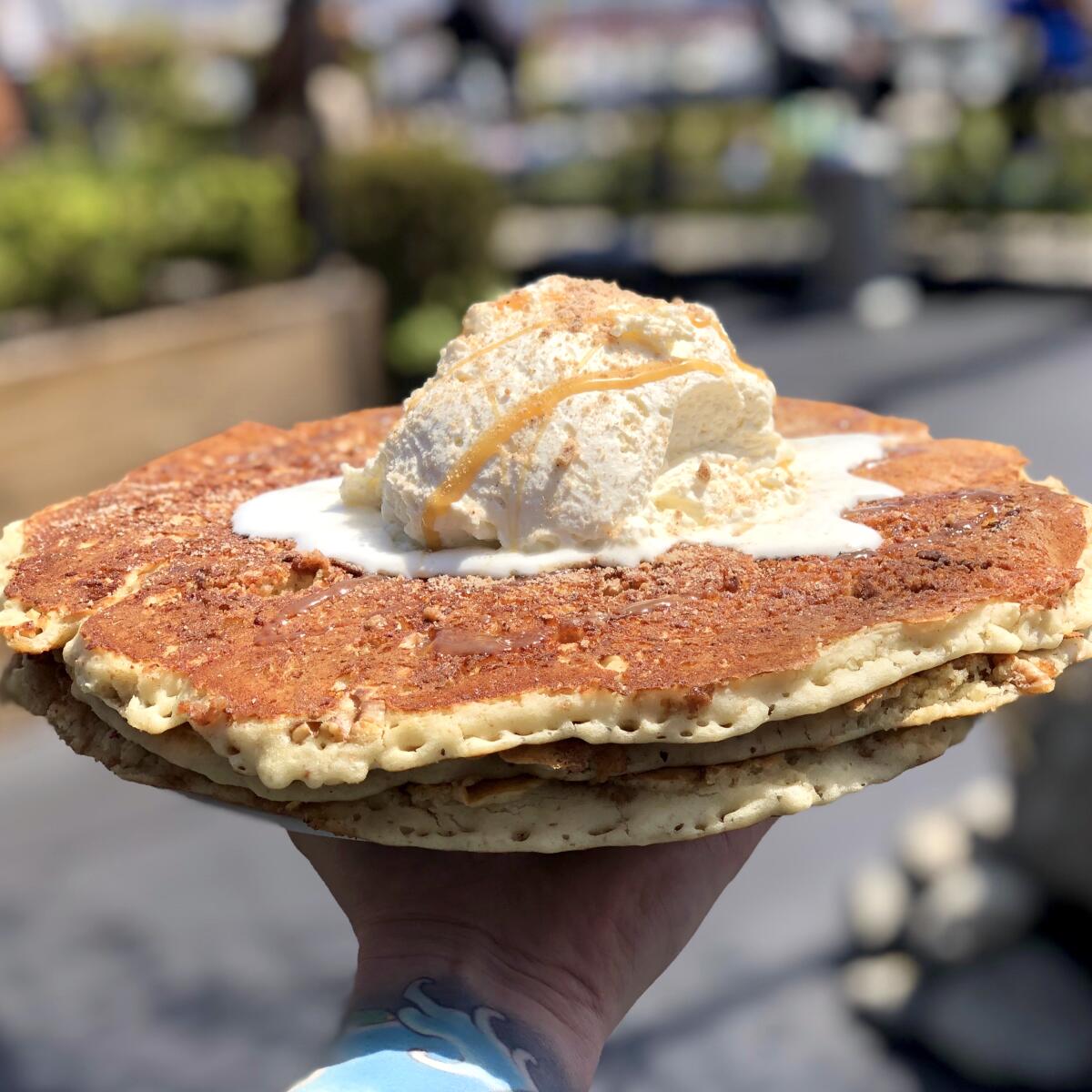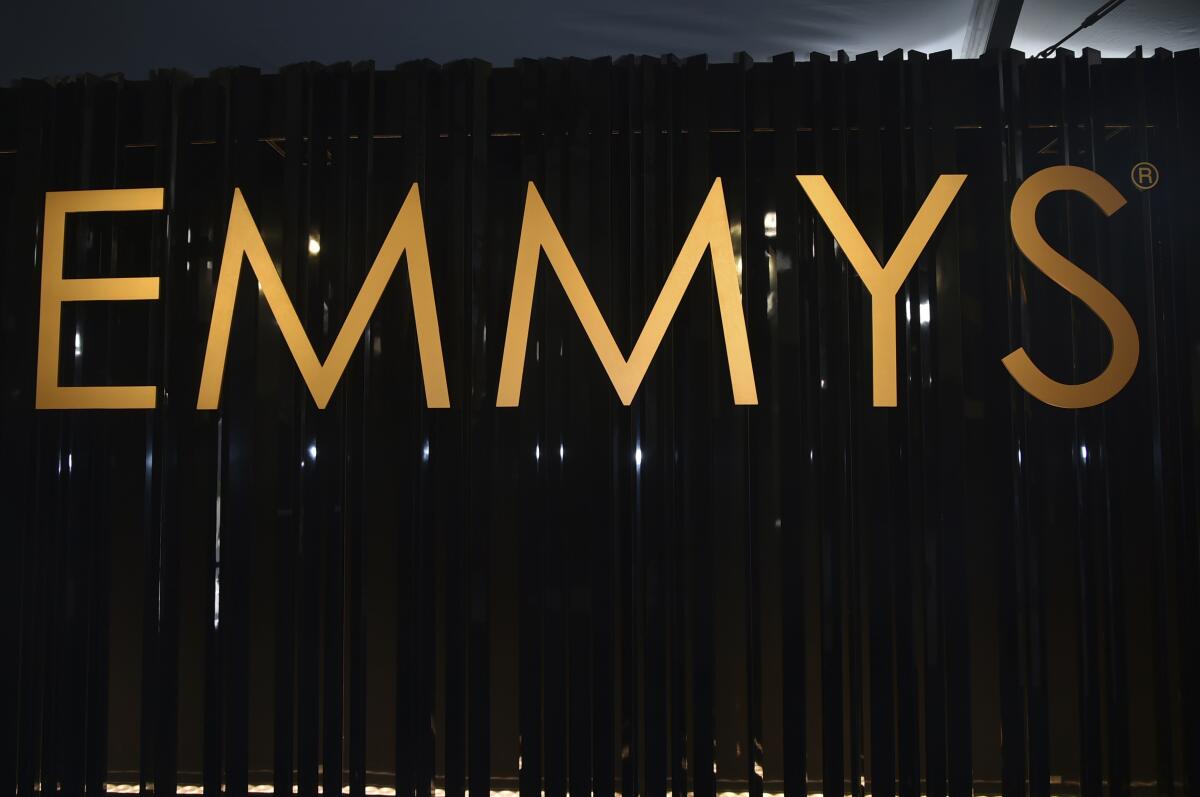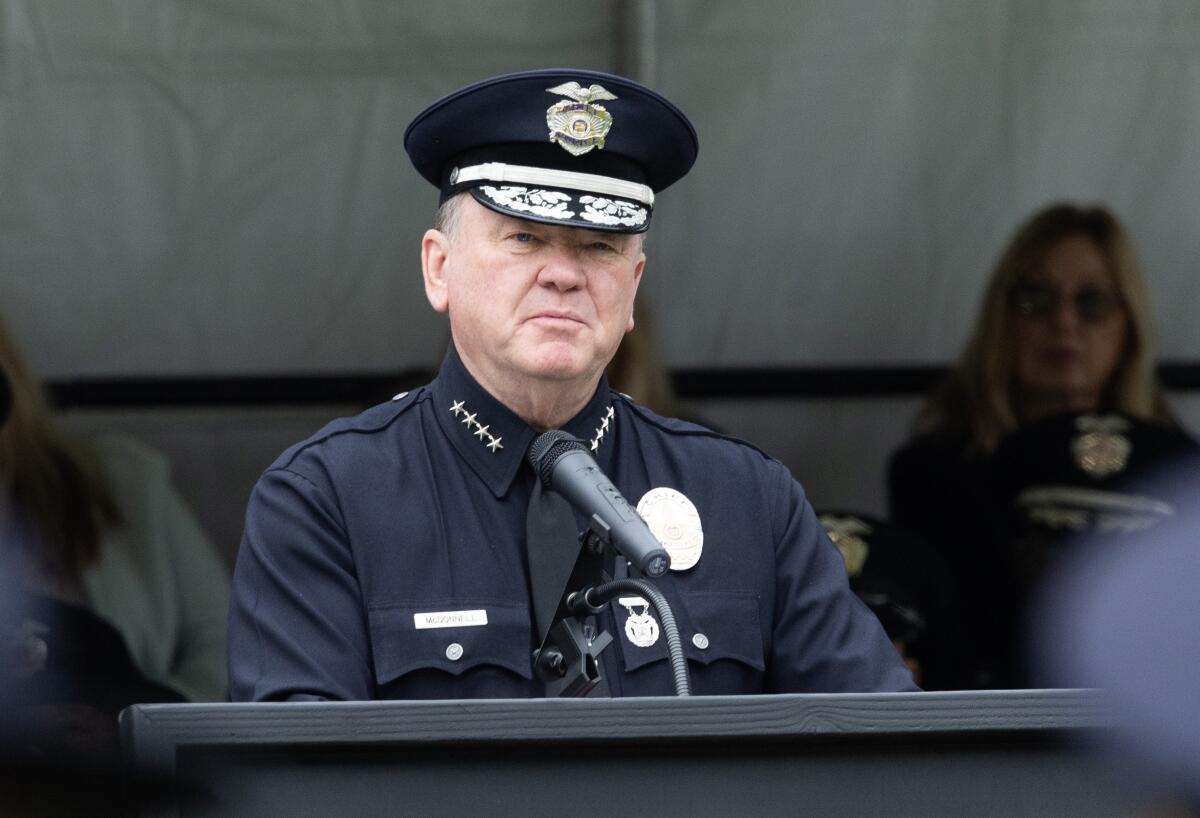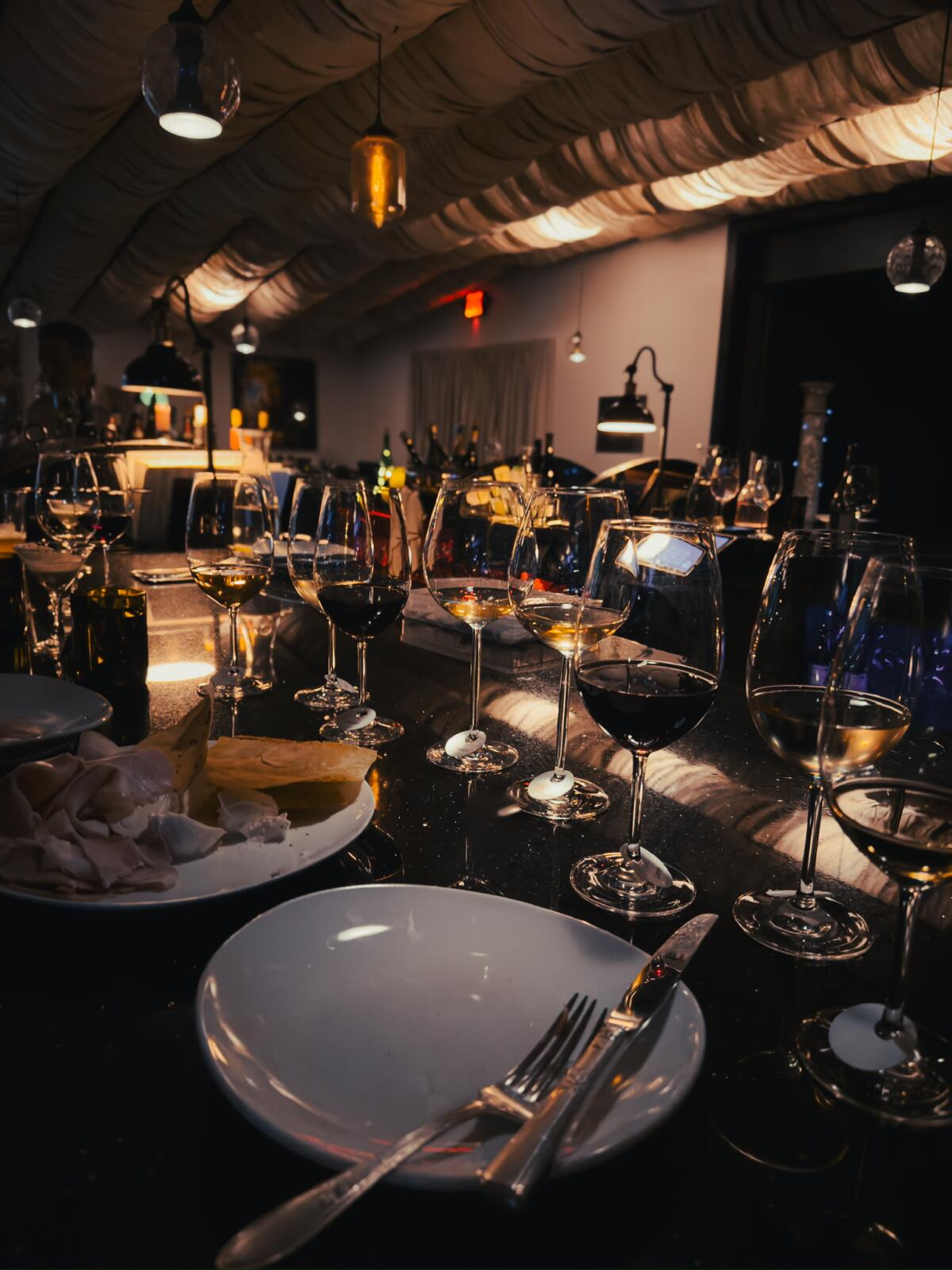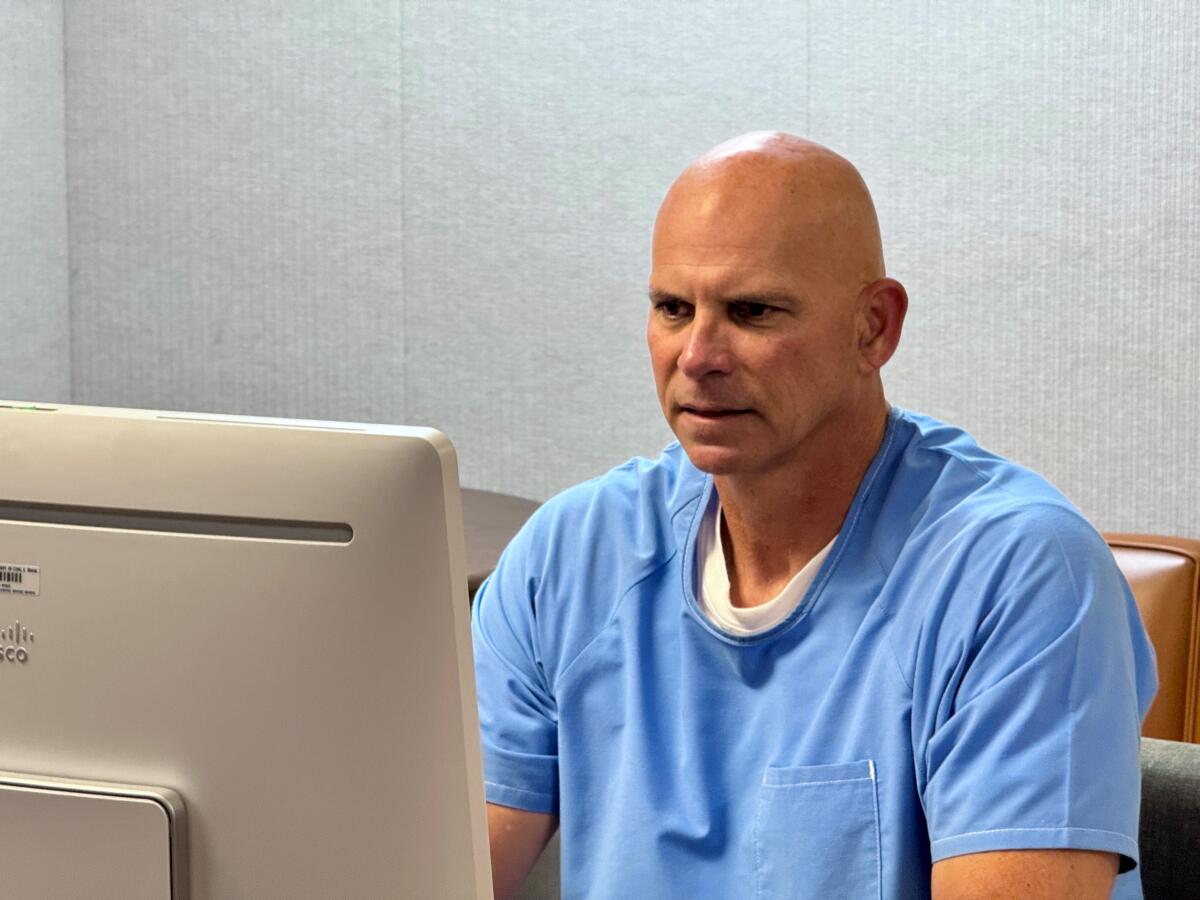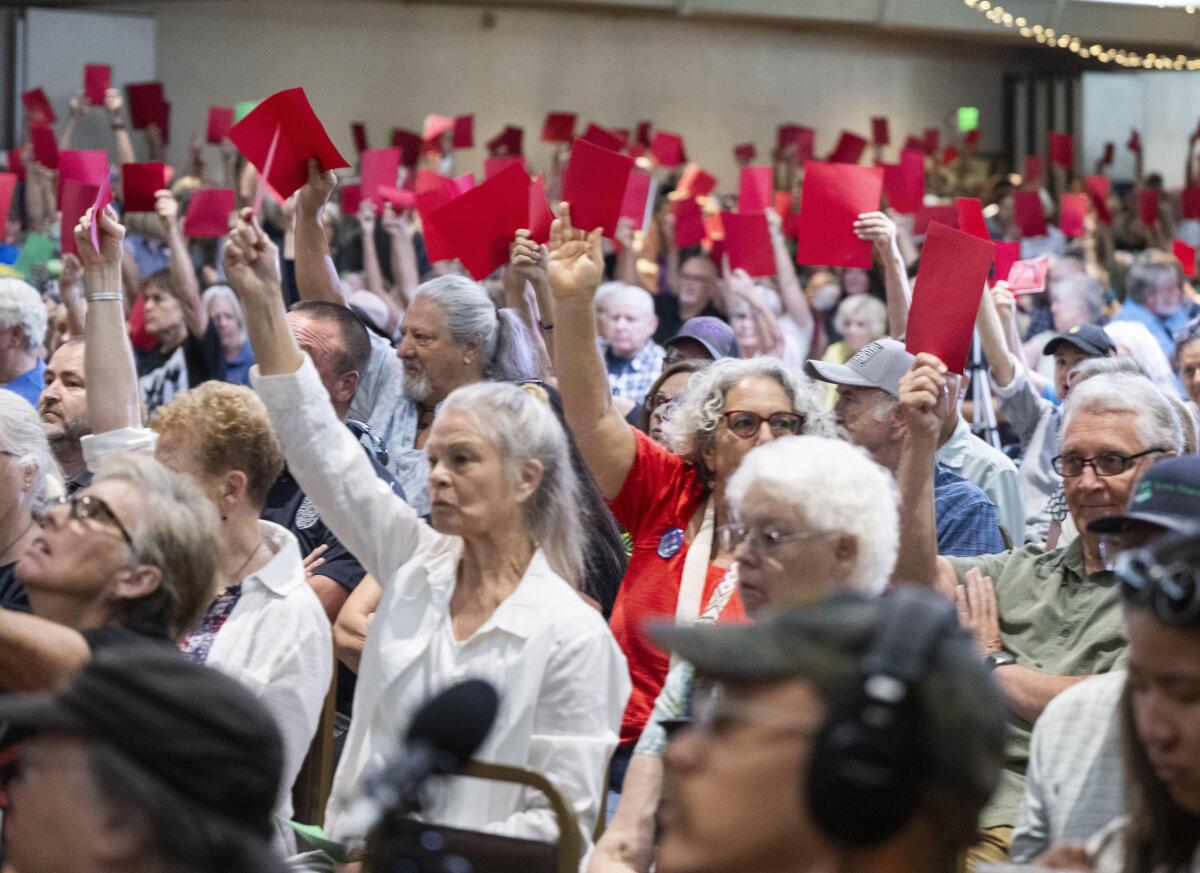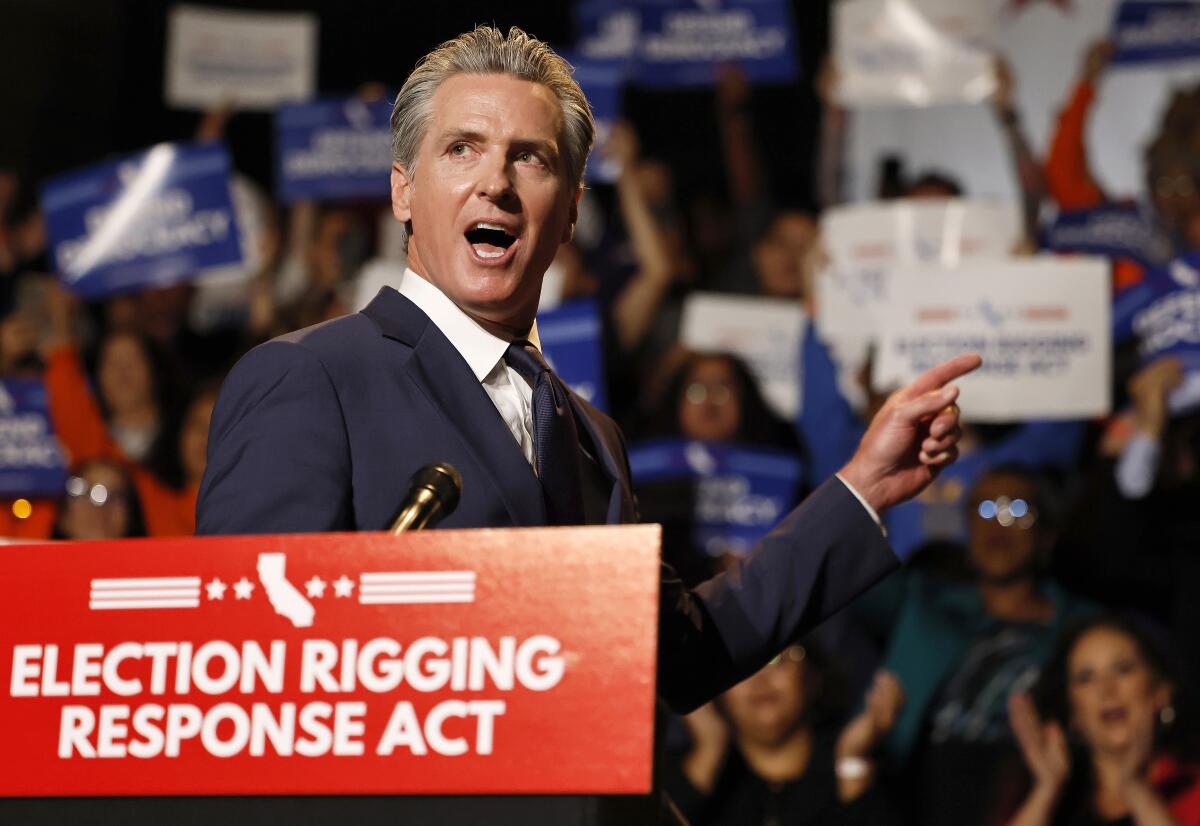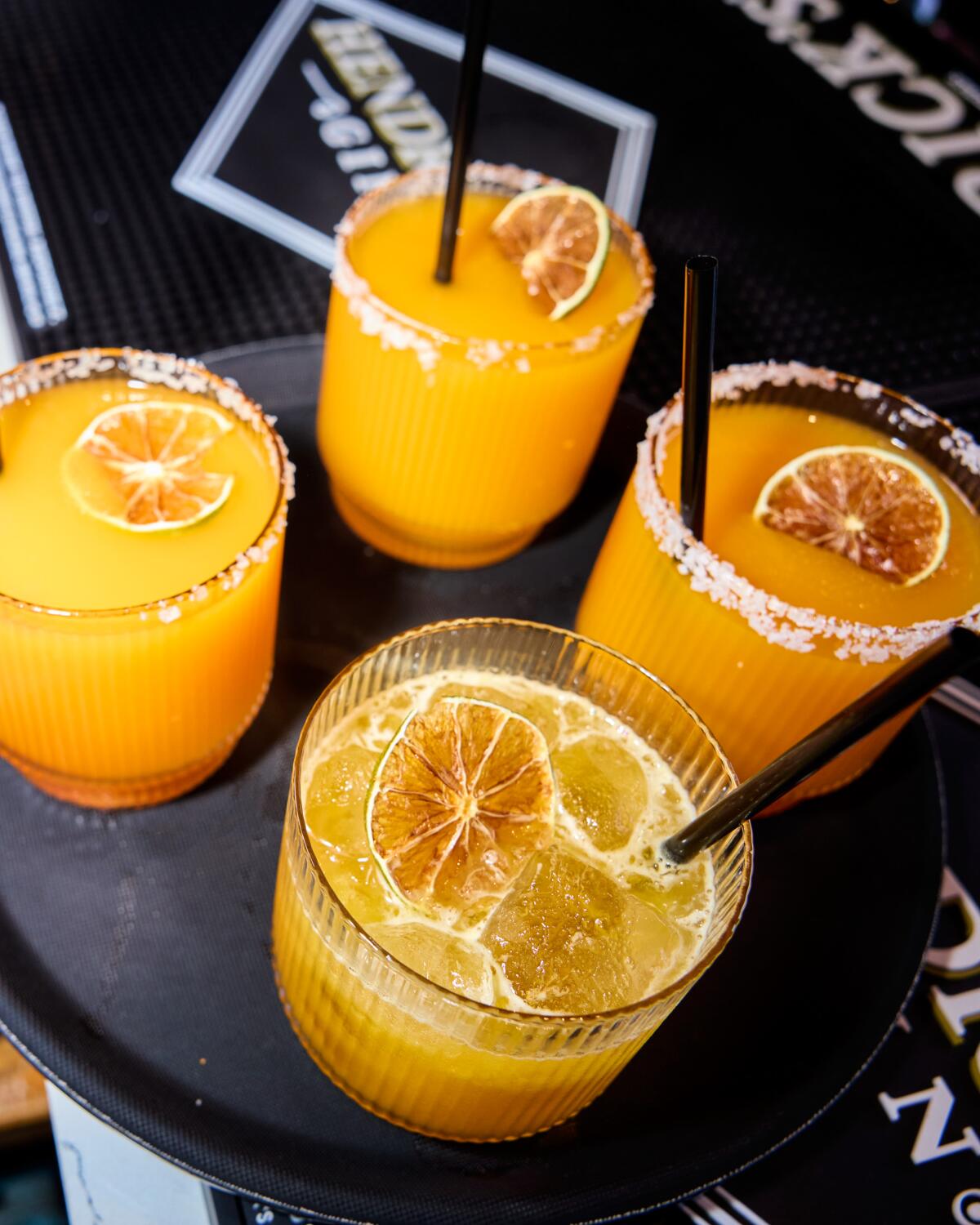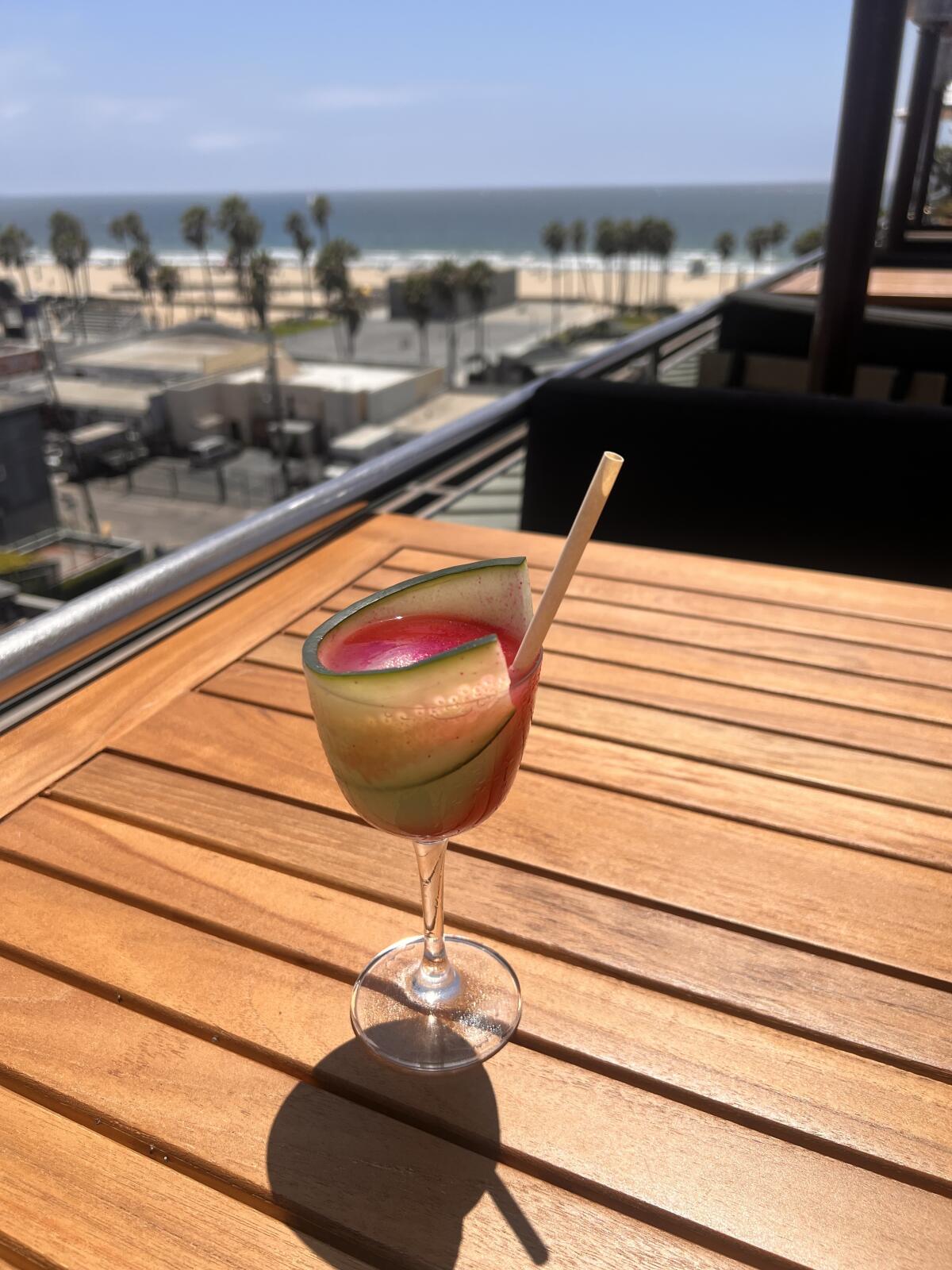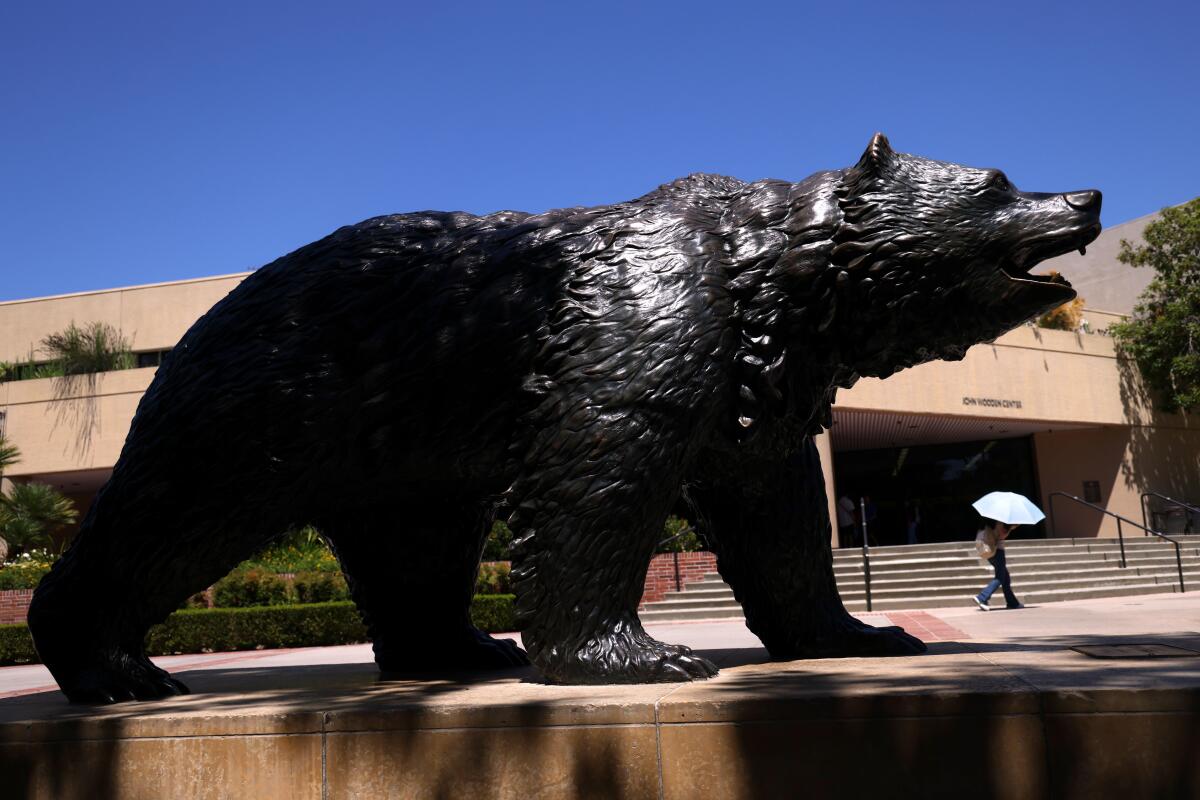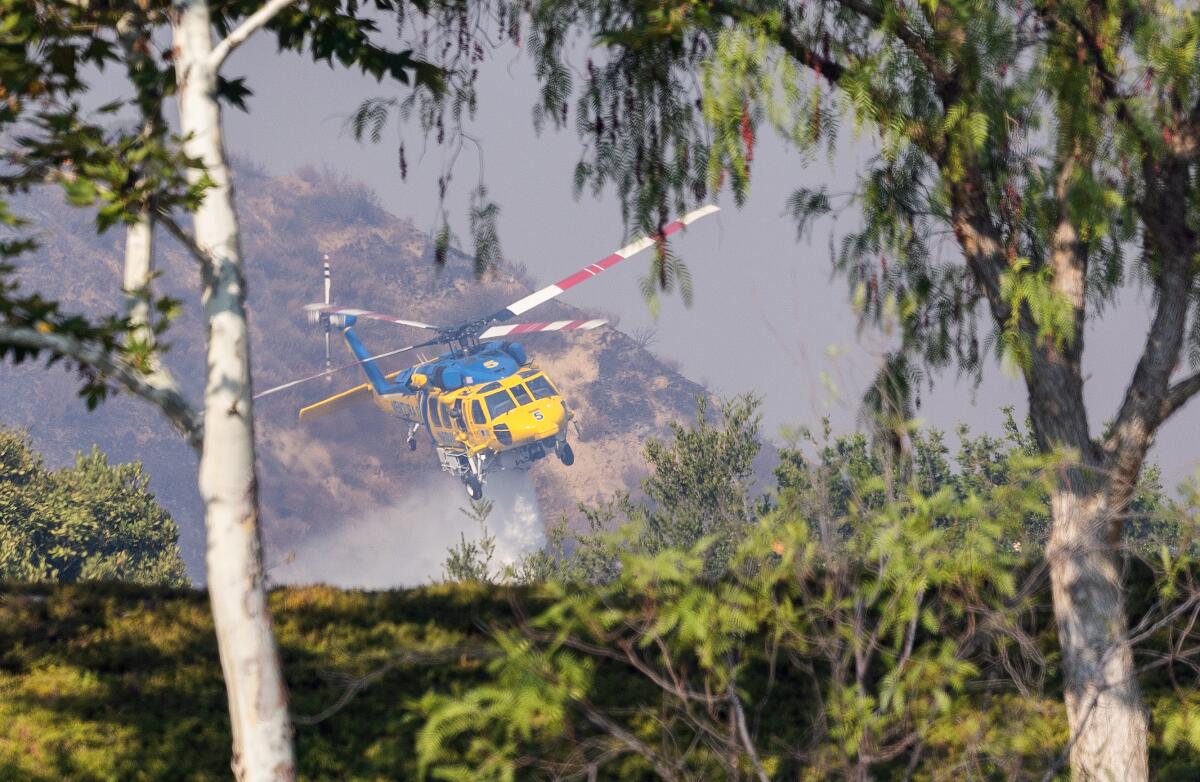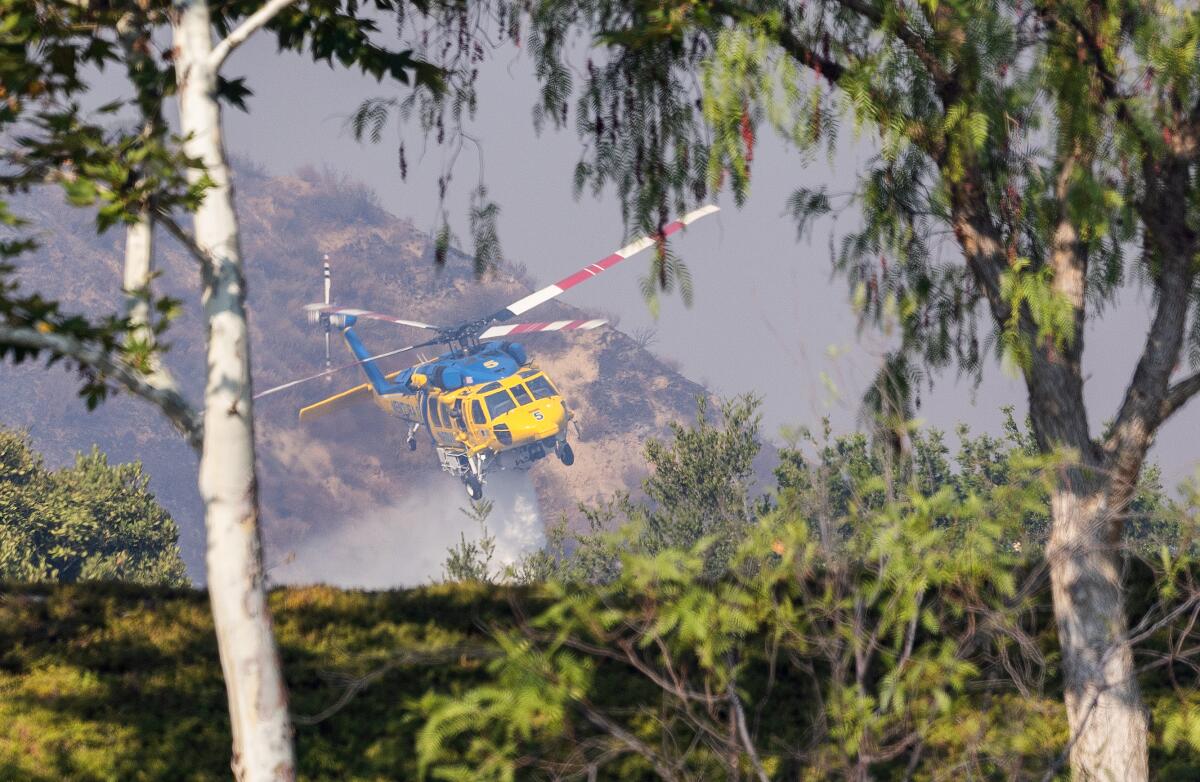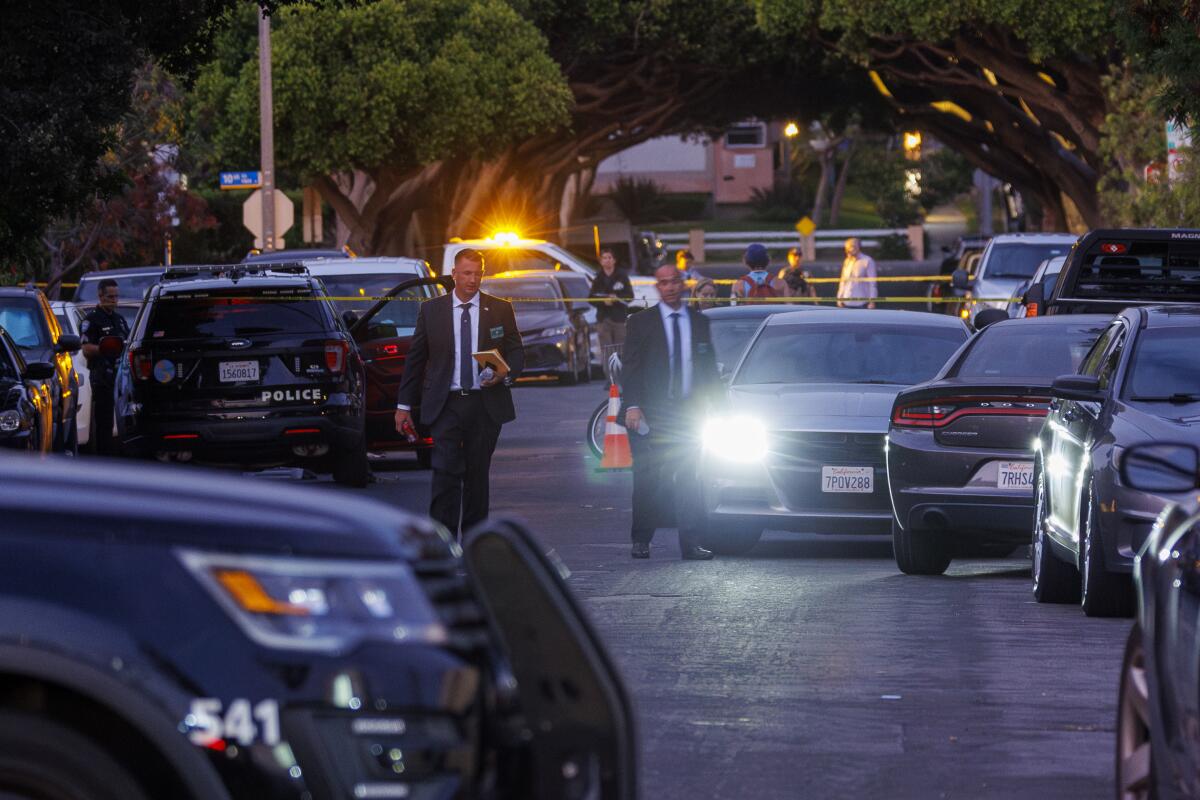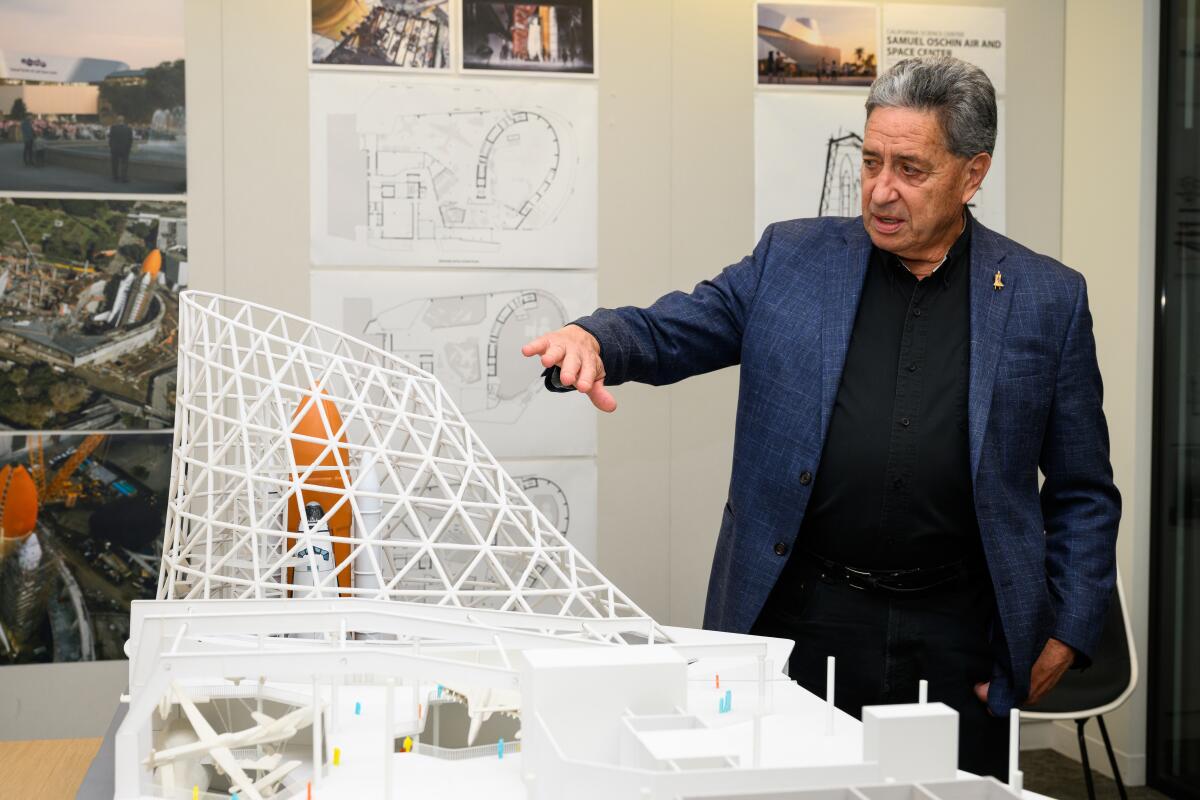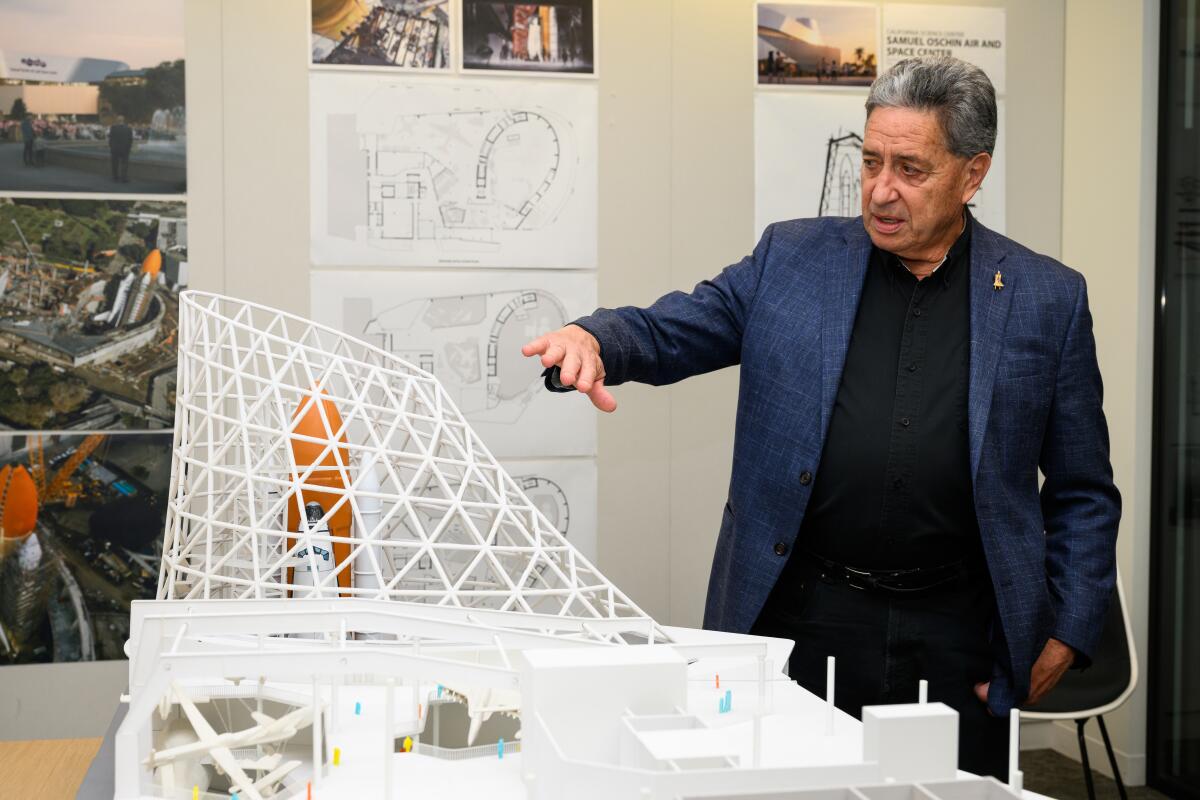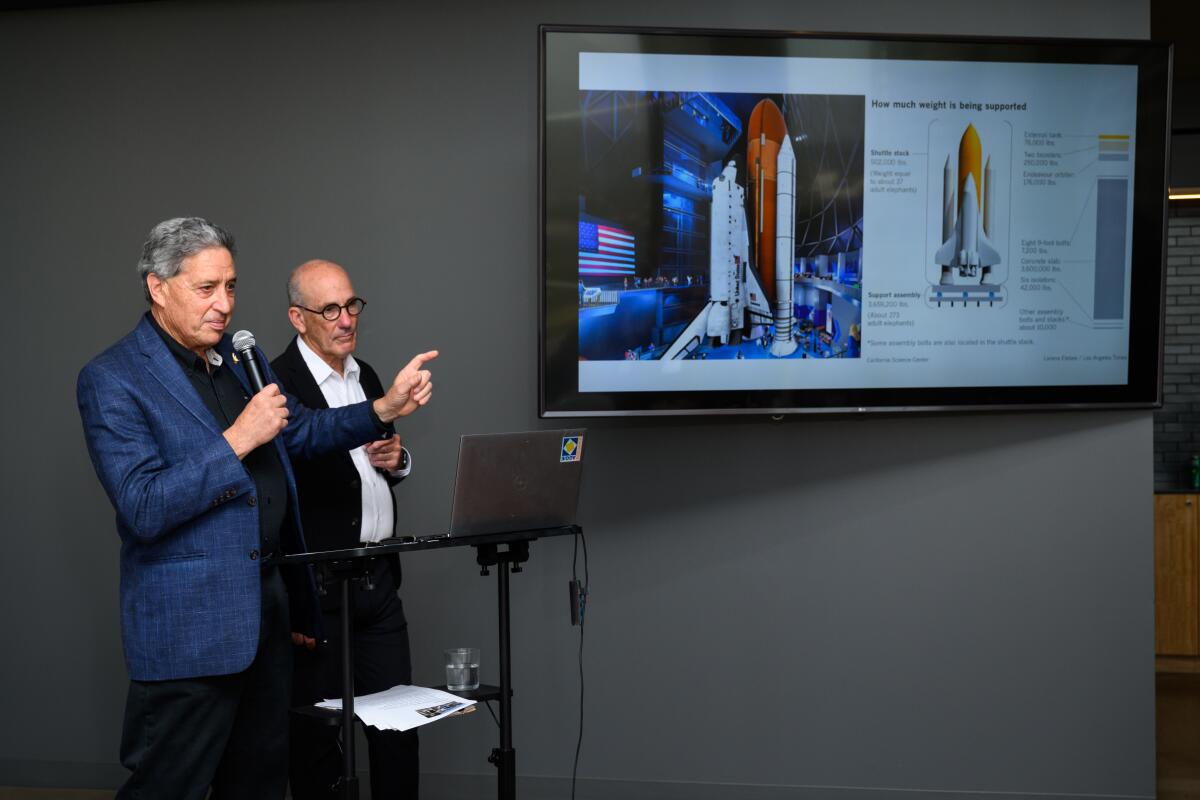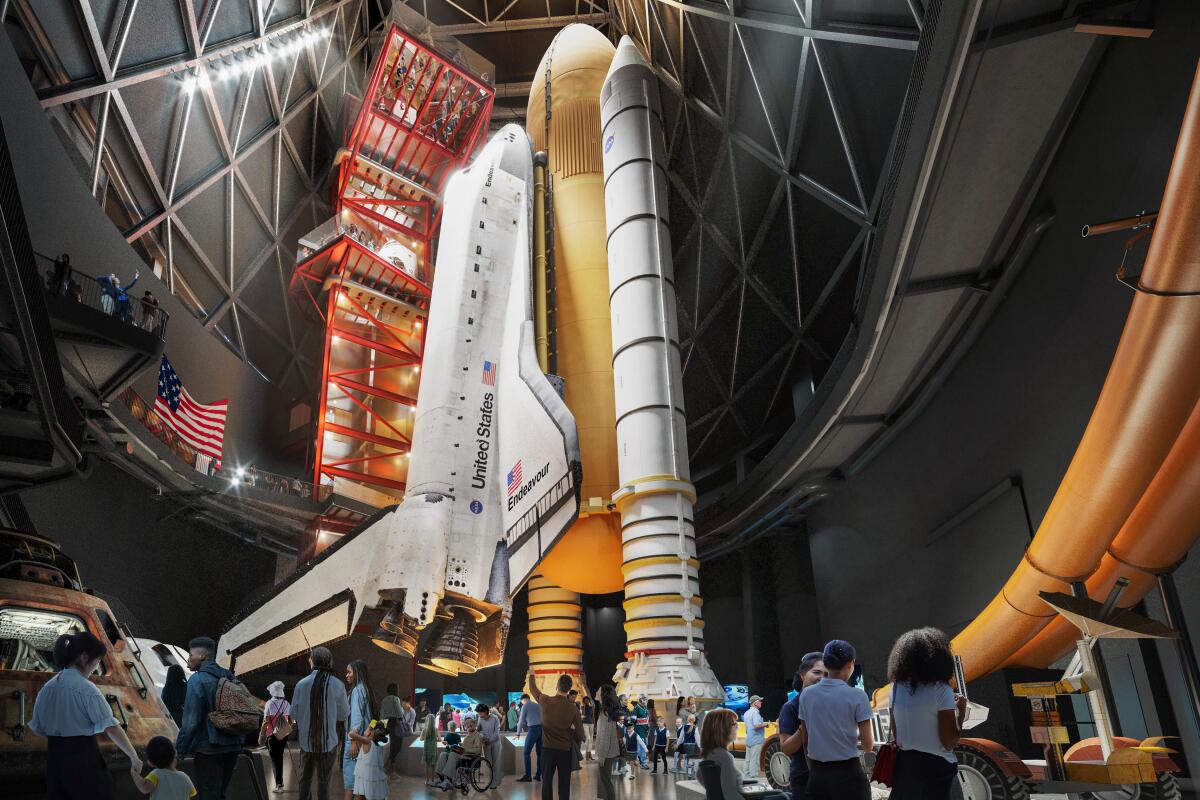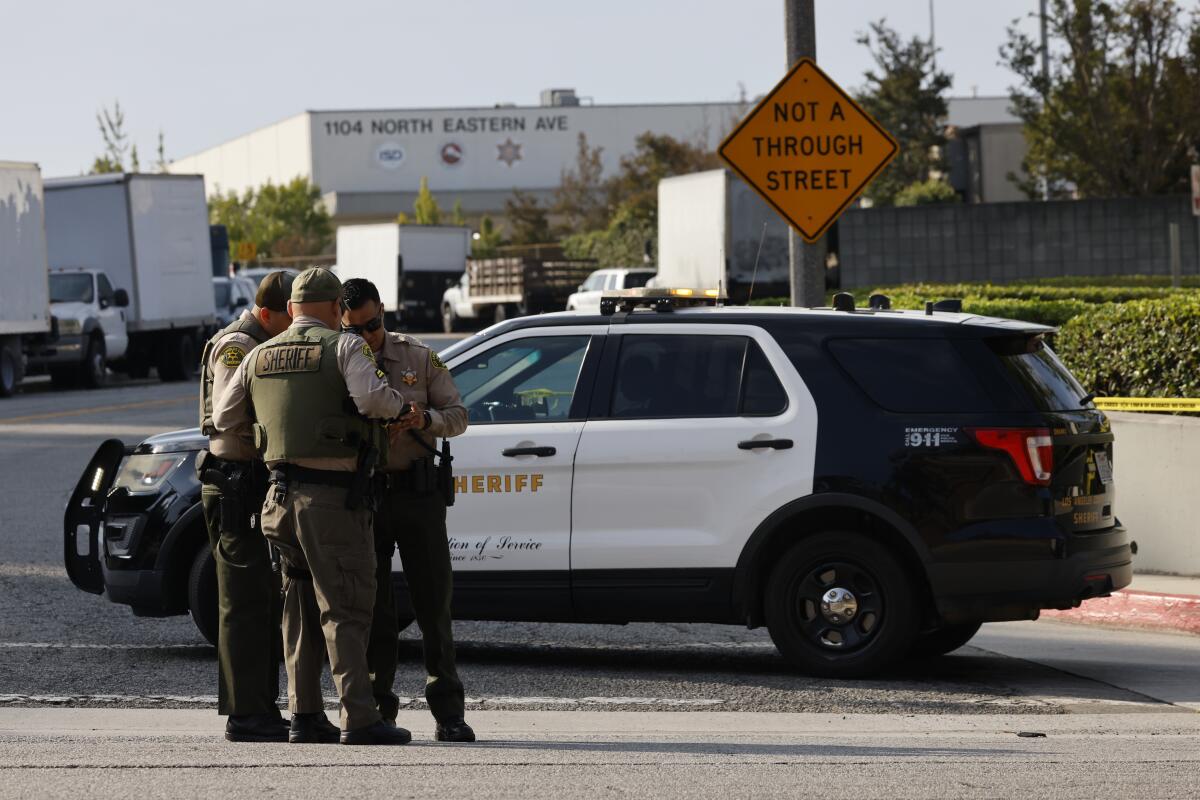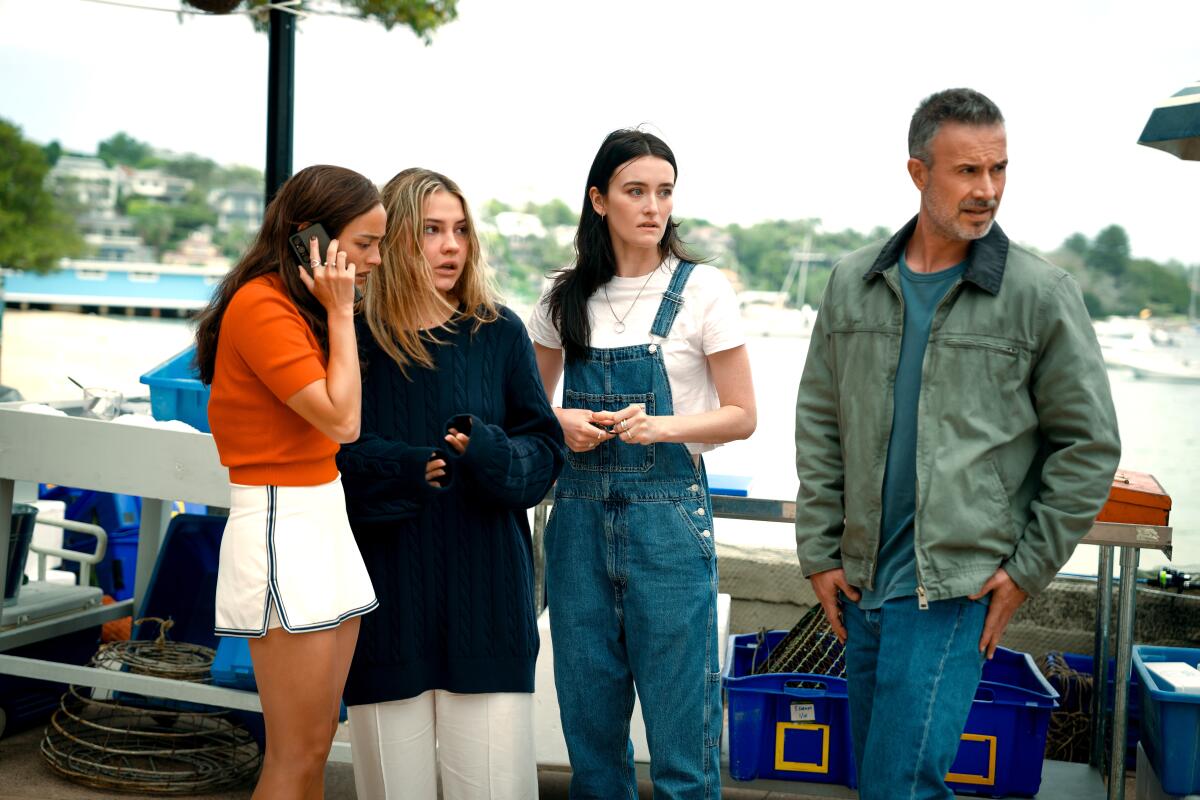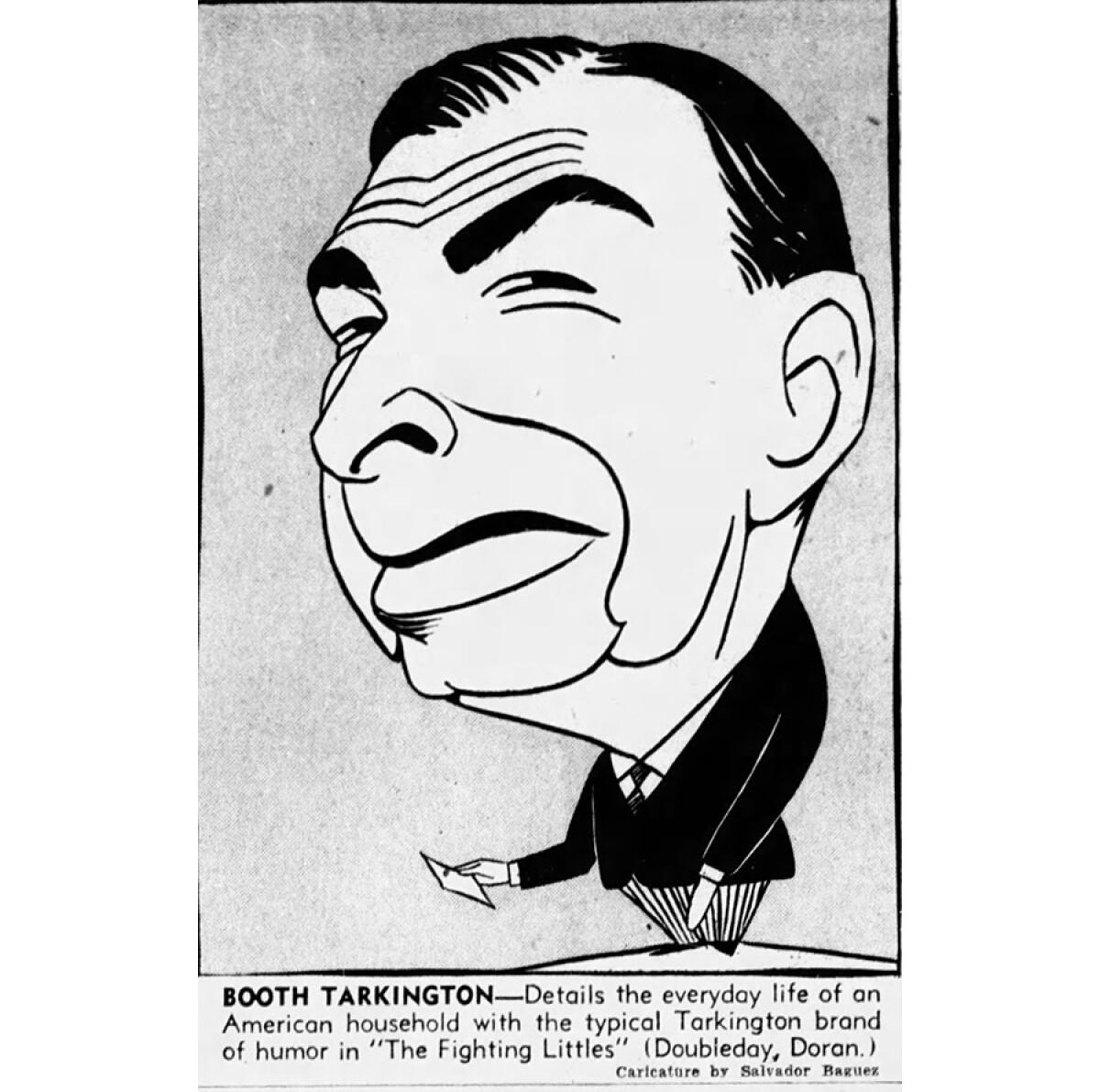Superstar Shohei Ohtani spoils Angelenos with the ‘greatest game ever’
It was one of those performances that will be spoken about for years.
Los Angeles Dodgers superstar Shohei Ohtani delivered a night for the ages in the Dodgers’ 5-1 win over the Milwaukee Brewers in the clinching fourth game of the National League Championship Series on Friday night.
After slumping throughout the postseason, the Japanese sensation hit three home runs and pitched six shutout innings with 10 strikeouts at Chavez Ravine to advance the Dodgers to the World Series.
The effort immediately drew praise from baseball writers as the “greatest game ever,” “the performance of a lifetime,” and highlighted the “improbability of his greatness.”
Yes, the Dodgers are advancing to their second-straight World Series, where they’ll face either the Seattle Mariners or Toronto Blue Jays, beginning Friday.
They will attempt to become the first Major League Baseball team to win consecutive crowns since the New York Yankees’ threepeat from 1998 to 2000.
However, the night became a celebration of Ohtani, as documented by my sports colleagues.
Let’s take a look at some of what made Friday such a magical evening.
Trying to understand what Ohtani accomplished
Columnist Bill Plaschke asked Dodgers fans if they realized what they were watching:
Los Angeles, can you understand the singular greatness that plays here? Fall Classic, are you ready for another dose of Sho-time?
Ohtani and the Dodgers are back on baseball’s grandest stage, arguably the best player in baseball history concocting arguably the best single-game performance in postseason history.
The final score was 5-1, but, really, it was over at 1-0, Ohtani’s thunderous leadoff homer after his thundering three strikeouts igniting a dancing Dodger Stadium crowd and squelching the Brewers before the first inning was even 10 minutes old.
How far did that first home-run actually travel? Back, back, back into forever, it was the first leadoff homer by a pitcher in baseball history, regular season or postseason, a feat unmatched by even the legendary Babe Ruth.
The unicorn Ohtani basically created the same wizardry again in the fourth inning and added a third longball in the seventh in carrying the Dodgers to their second consecutive World Series and fifth in nine years while further cementing their status as one of baseball’s historic dynasties.
Why was the effort surprising?
On that off-day between Games 2 and 3 of the National League Championship Series, Ohtani looked like a man on a mission, according to Dodgers beat writer Jack Harris in his game story:
Ohtani took one of the best rounds of batting practice anyone in attendance had seen, getting into the real work of trying to fix a swing that had abandoned him for much of this postseason.
In 32 swings, Ohtani hit 14 home runs. Many of them were moonshots. One even clanged off the roof of the right-field pavilion.
Over his previous seven games, going back to the start of the NL Division Series, he had two hits in 25 at-bats.
He had recorded 12 strikeouts and plenty more puzzling swing decisions. And he seemed, at least in the estimation of some around the team, unusually perturbed as public criticisms of his play started to mount.
Then, two days later, a tour de force performance that will be talked about forever.
“He woke up this morning with people questioning him,” said Andrew Friedman, Dodgers president of baseball operations, during an alcohol-soaked celebration in the clubhouse afterward. “And 12 hours later, he’s standing on the podium as the NLCS MVP.”
Up next for the Dodgers is the World Series and perhaps some more Ohtani magic.
The week’s biggest stories
Crime, courts and policing
More Dodgers National League Championship coverage
Trump administration, policies and reaction
More big stories
This week’s must-reads
More great reads
For your weekend
Going out
Staying in
L.A. Affairs
Get wrapped up in tantalizing stories about dating, relationships and marriage.
Have a great weekend, from the Essential California team
Jim Rainey, staff writer
Andrew J. Campa, reporter
Kevinisha Walker, multiplatform editor
Karim Doumar, head of newsletters
Diamy Wang, homepage intern
Izzy Nunes, audience intern
How can we make this newsletter more useful? Send comments to [email protected]. Check our top stories, topics and the latest articles on latimes.com.
